All tours in Tibet usually include a first day of settling in Lhasa, to start adapting to the altitude (3,650m). To some people it creates a sense of illness and fatigue. In our case we had no particular problems except a recurring headache for Marco in the early days. We agreed with our guide the appointment for the following day and then we went out independently for dinner.
This was our itinerary:
| DAY 1: | Lhasa: settling and relax |
| DAY 2: | Norbulingka Palace, Drepung and Sera Monastery, Barkhor Street |
| DAY 3: | Lhasa: Potala Palace, Jokhang Temple |
| DAY 4: | Shigatse tour: Kampa-la Pass, Yamdrok-tso lake, Karo-la Pass, Mt. Noijin Kangsang, Gyantse |
| DAY 5: | Shigatse tour: Tashilumpo Monastery e Kora |
| DAY 6: | Ganden Monastery + Kora, Drak Yerpa cave |
| DAY 7: | flight to Nepal |
First days in Lhasa
The first stop on the 2nd day was the Norbulingka Palace, the Dalai Lama's summer residence from 1780 to 1950. It is the largest artificial garden in Tibet, where it is pleasant to walk around to discover the buildings that make up this royal residence (they host 374 rooms !), between artificial lakes and a luxuriant nature. One of the aspects that is immediately striking is the intense use of bright colors, on the doors and in the interior decorations.
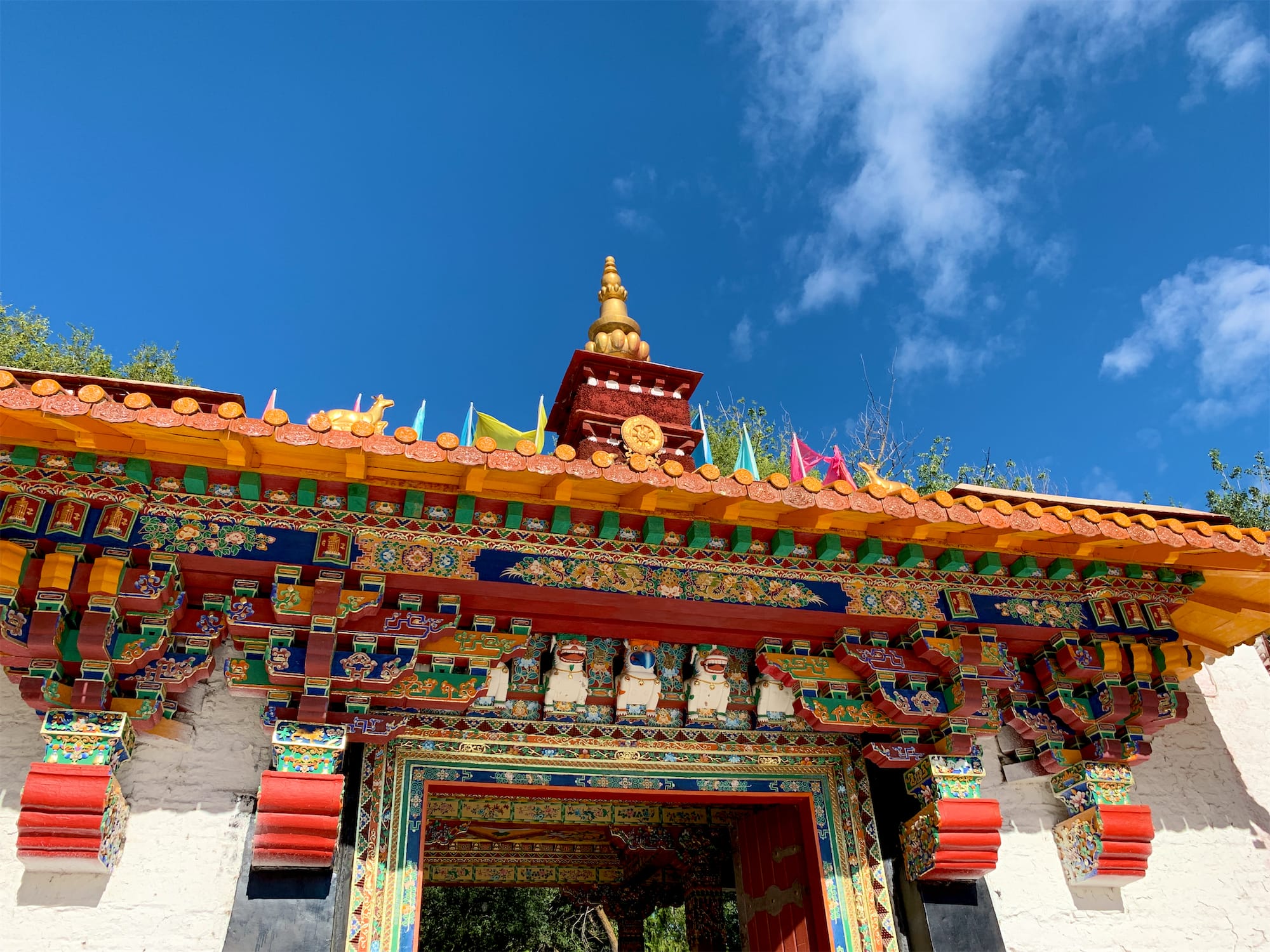
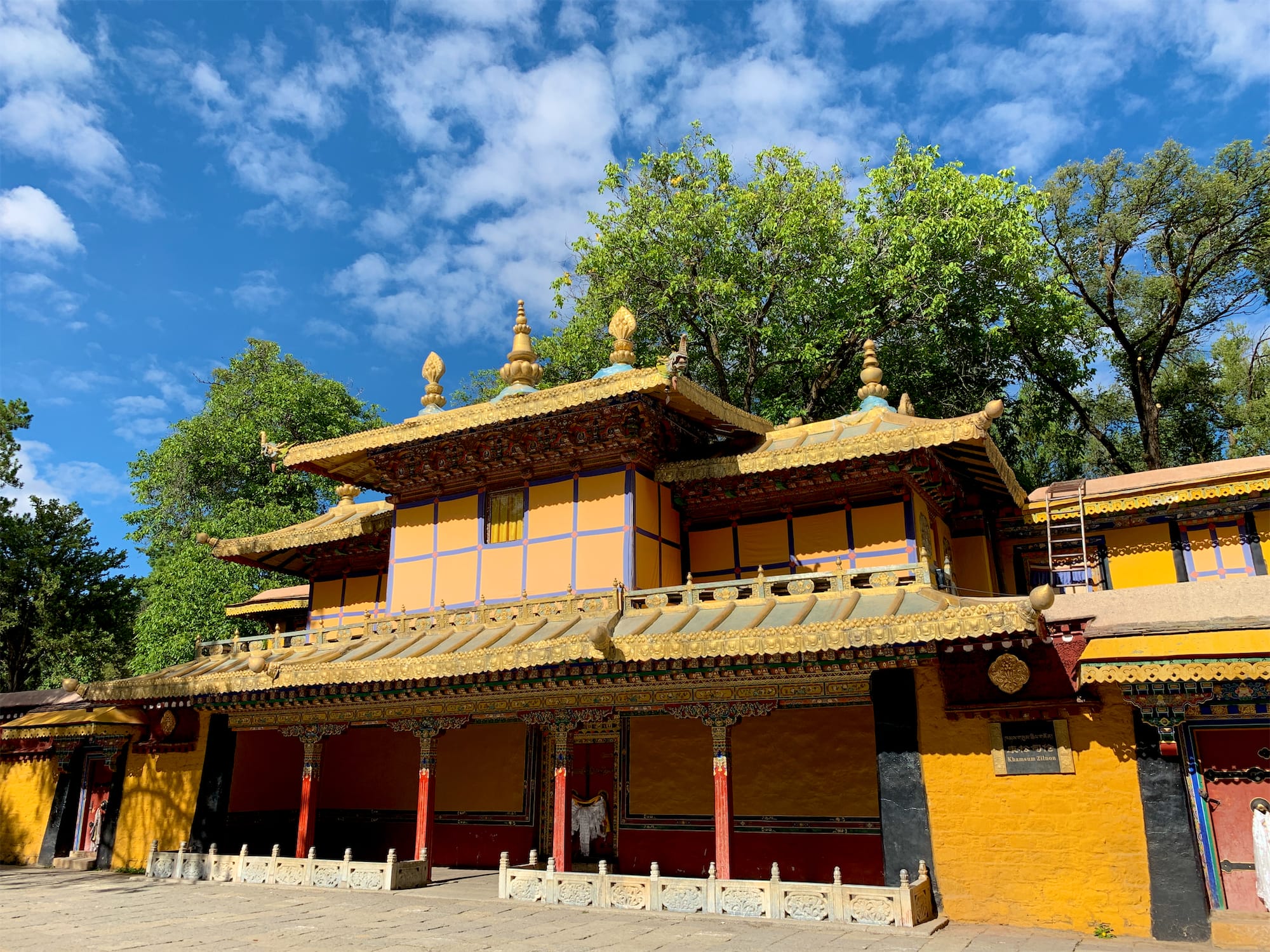
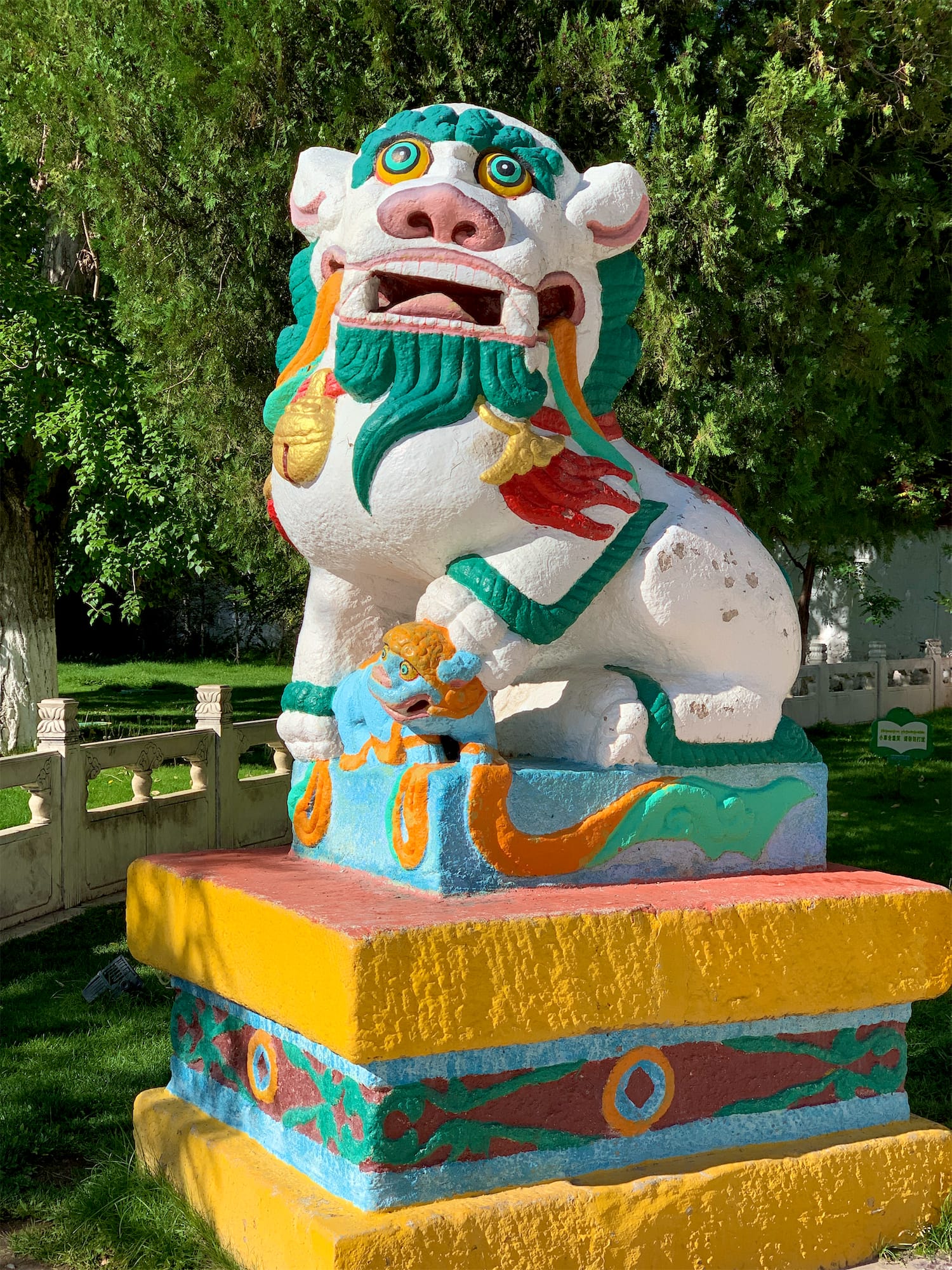
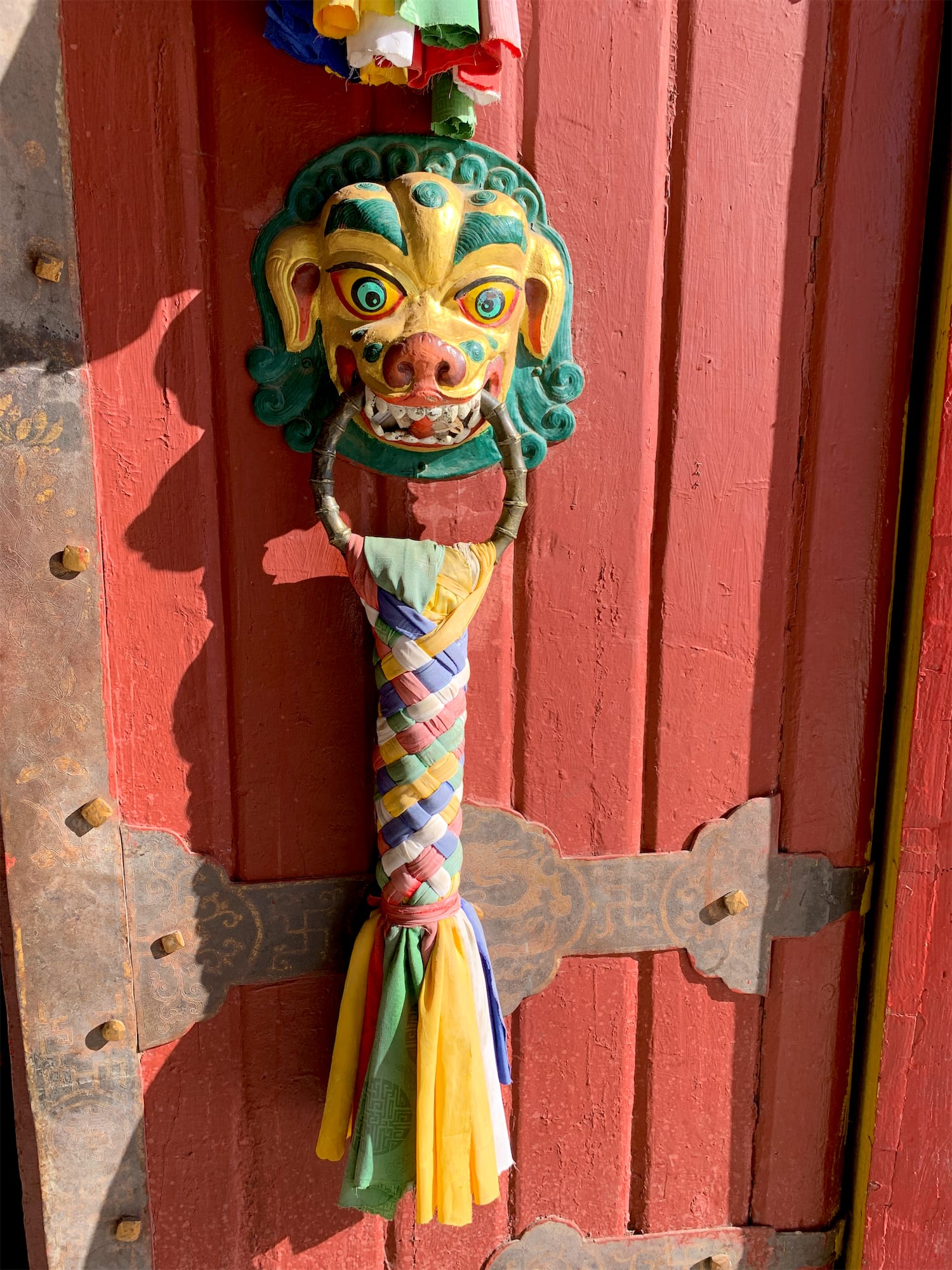
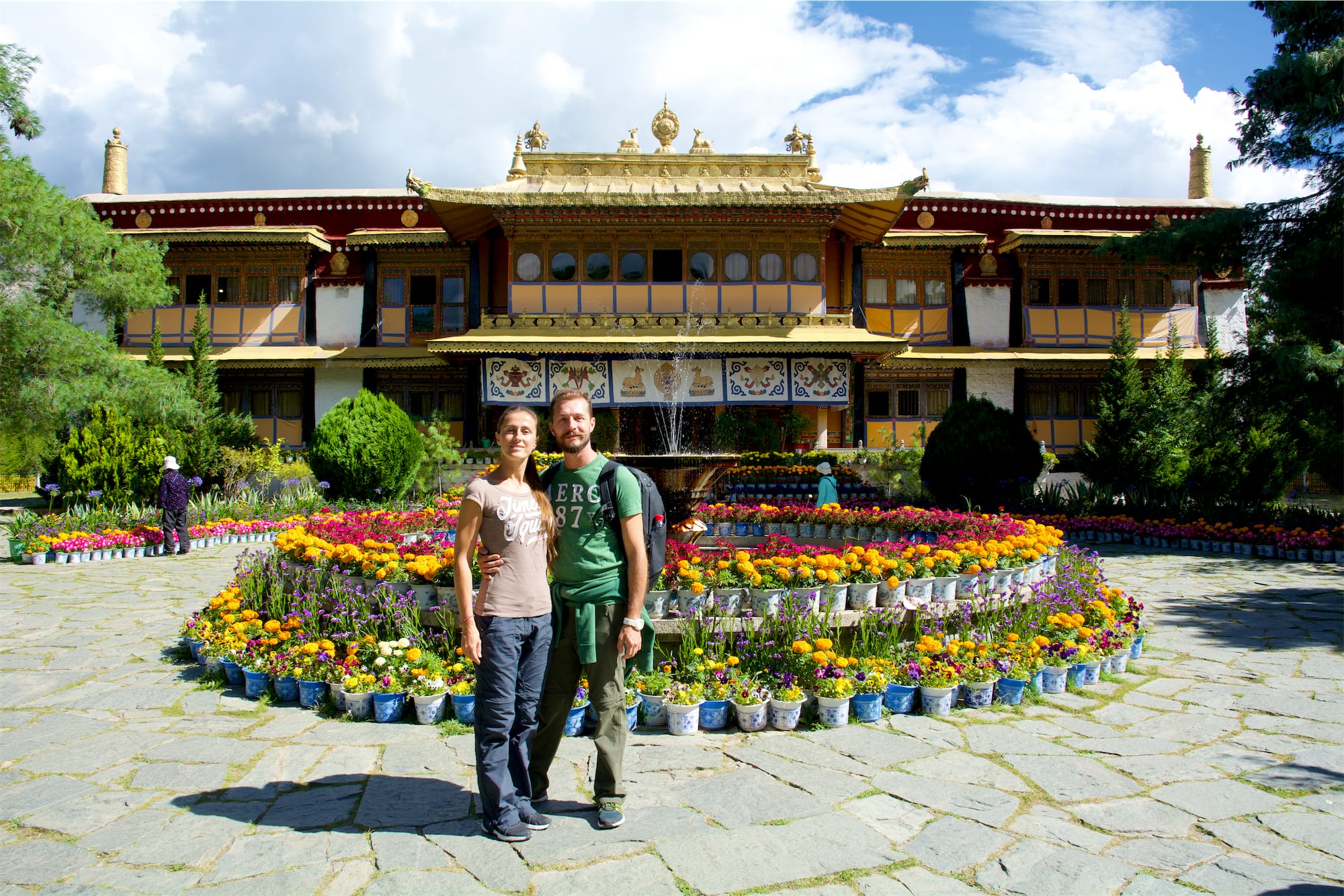
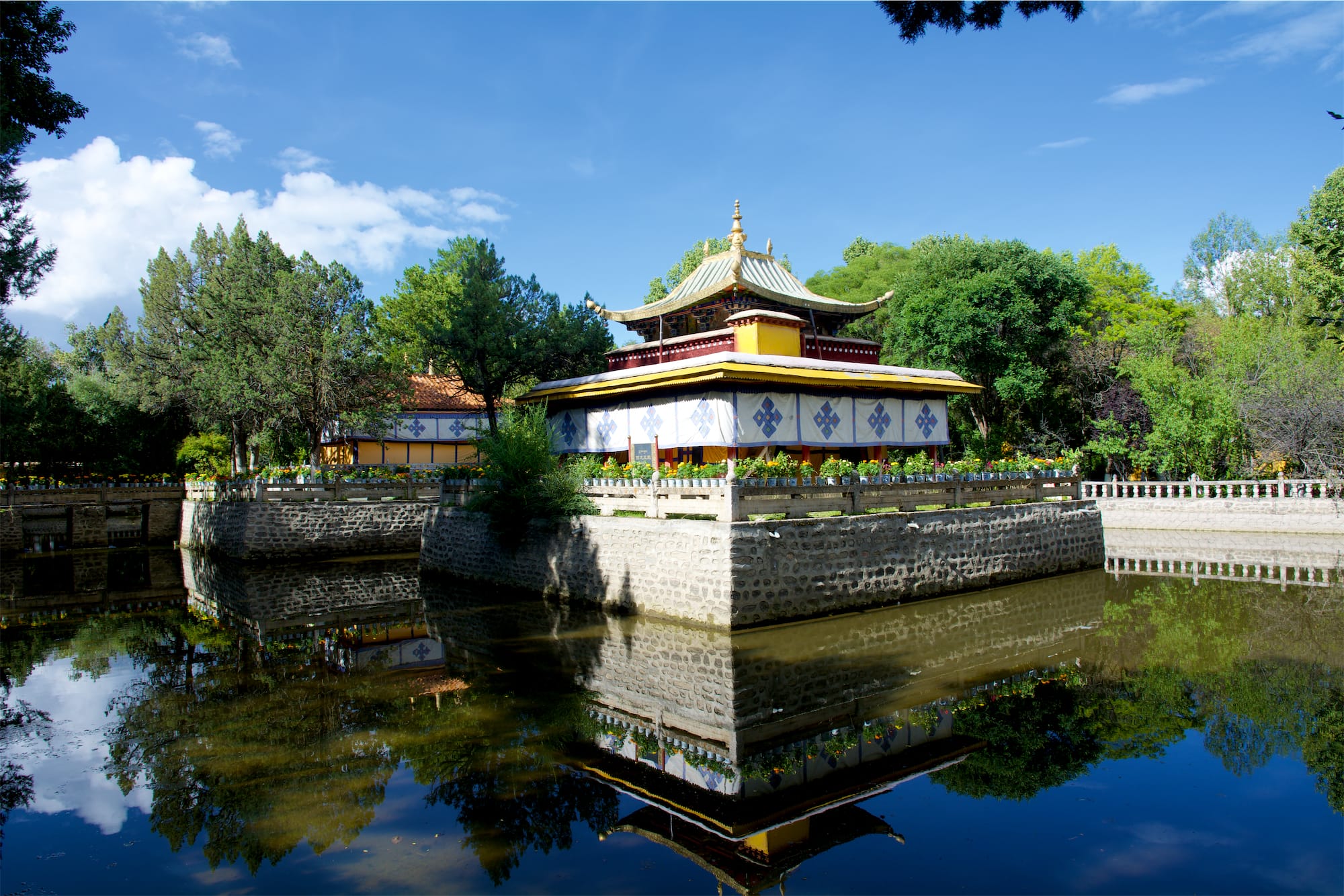
From here we reached the Drepung Monastery, the largest monastery in Tibet not far from Lhasa. It is nicknamed heap of rice for being composed of a chaotic set of white painted buildings. Once one of the largest schools, it has come to host up to 10,000 monks in its heyday! Downstream of the Chinese occupation, part of the monastery was destroyed, but for some years the monks have returned to live in the monastery and it has been partially restored (some works are still in progress). Being snubbed by some tours, you will be able to visit it in peace and you will be crossing several monks intent on their daily activities. It was particular to observe them in moments of prayer or during a walk through the streets of the monastery.
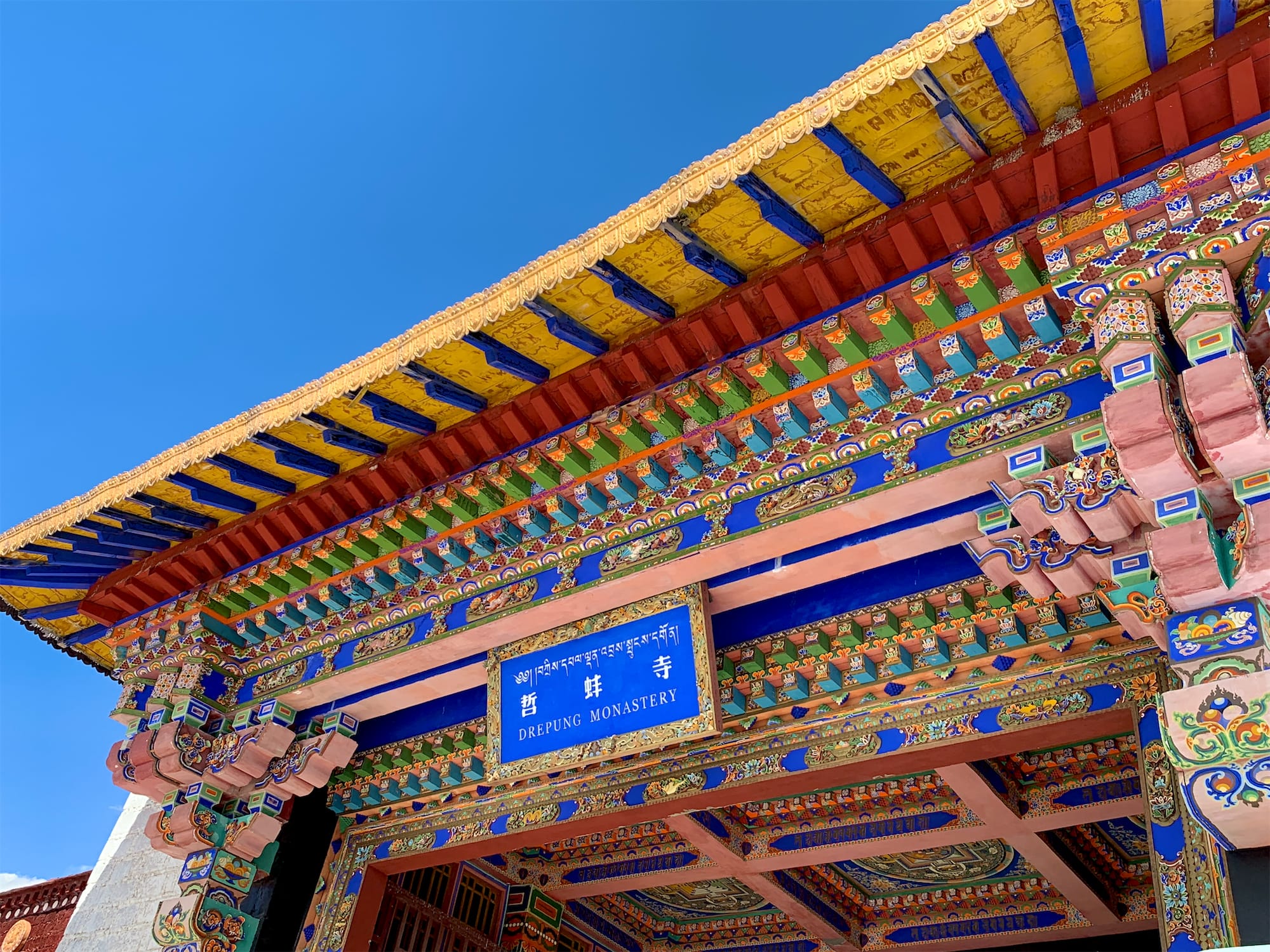
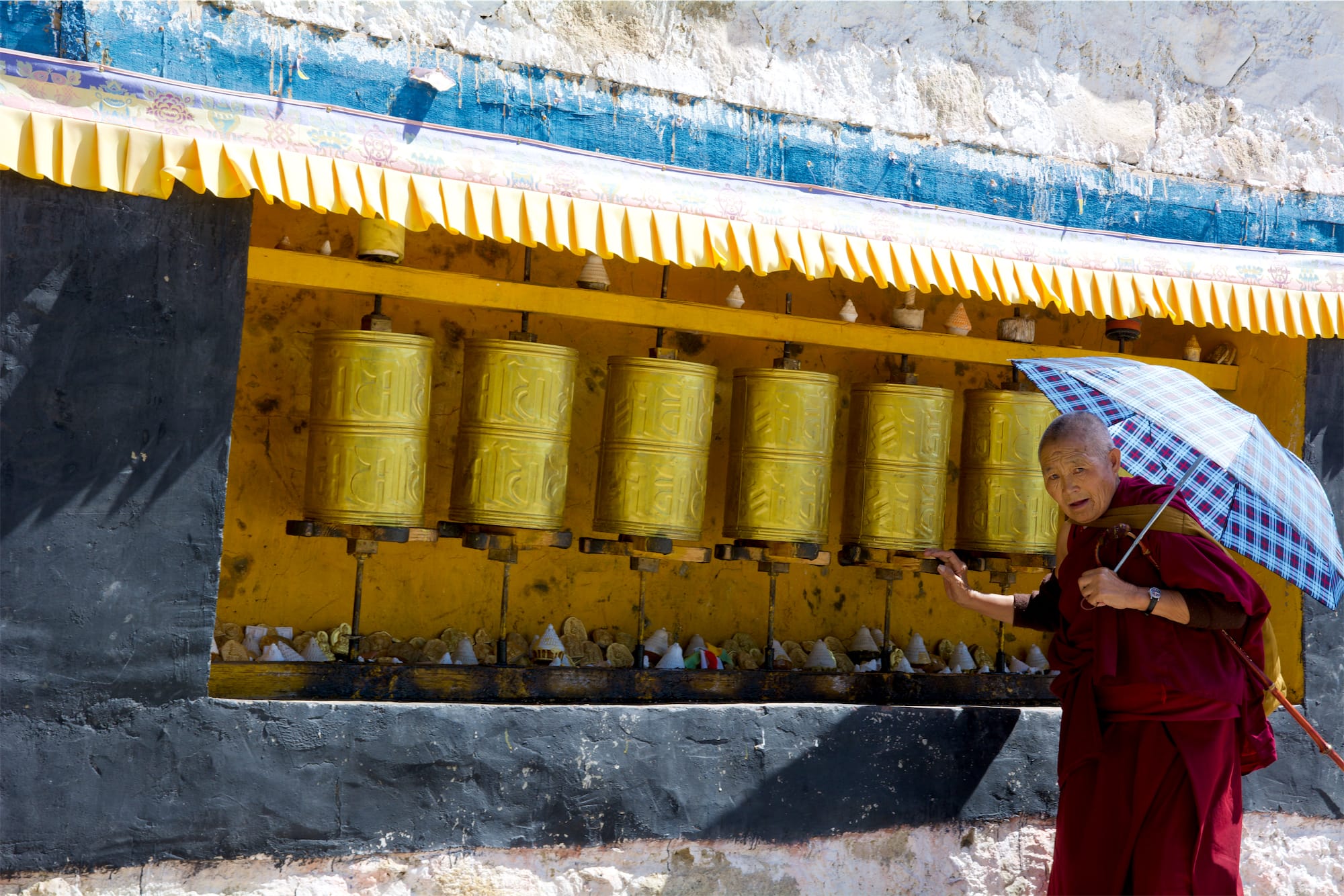
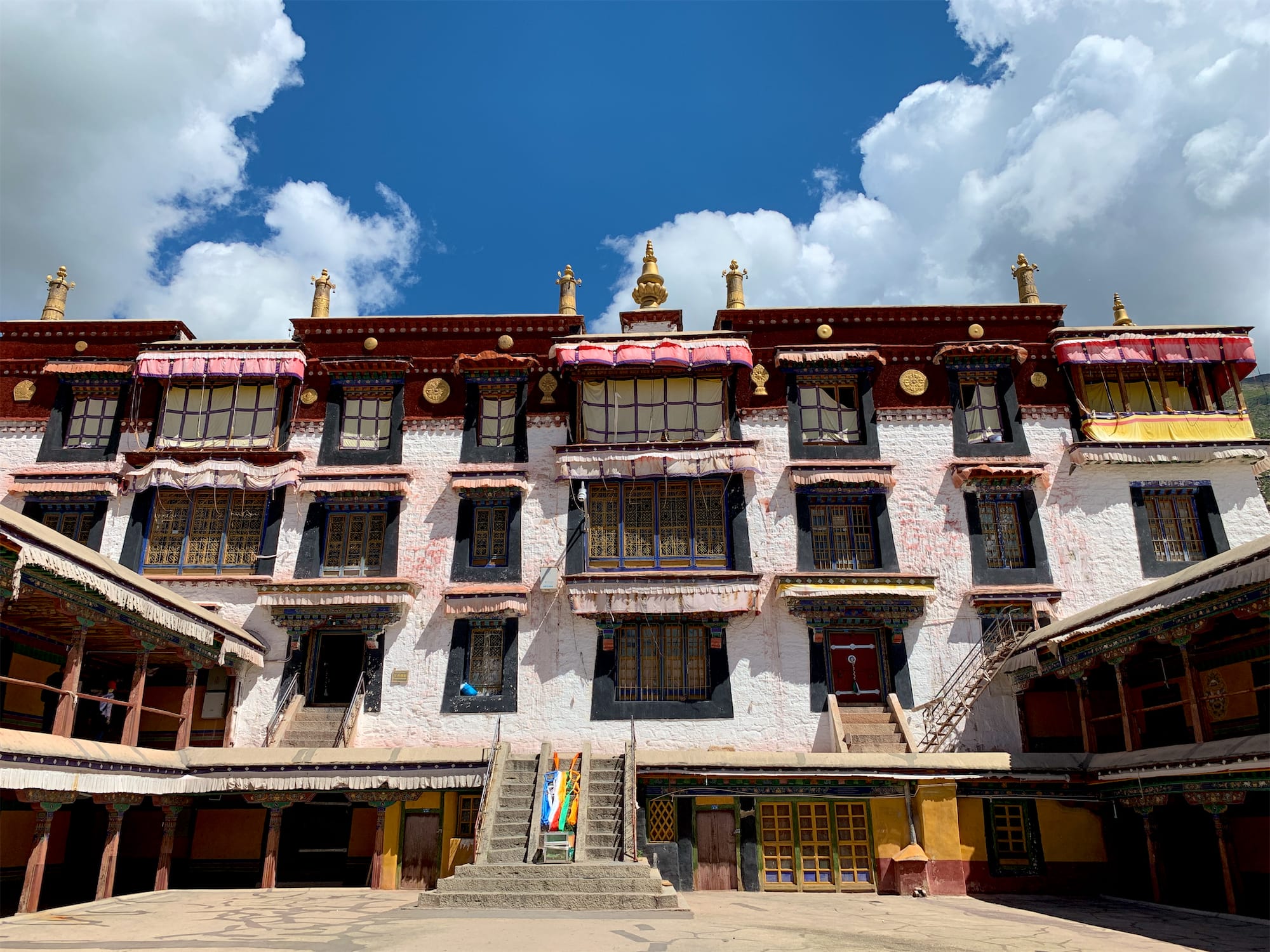
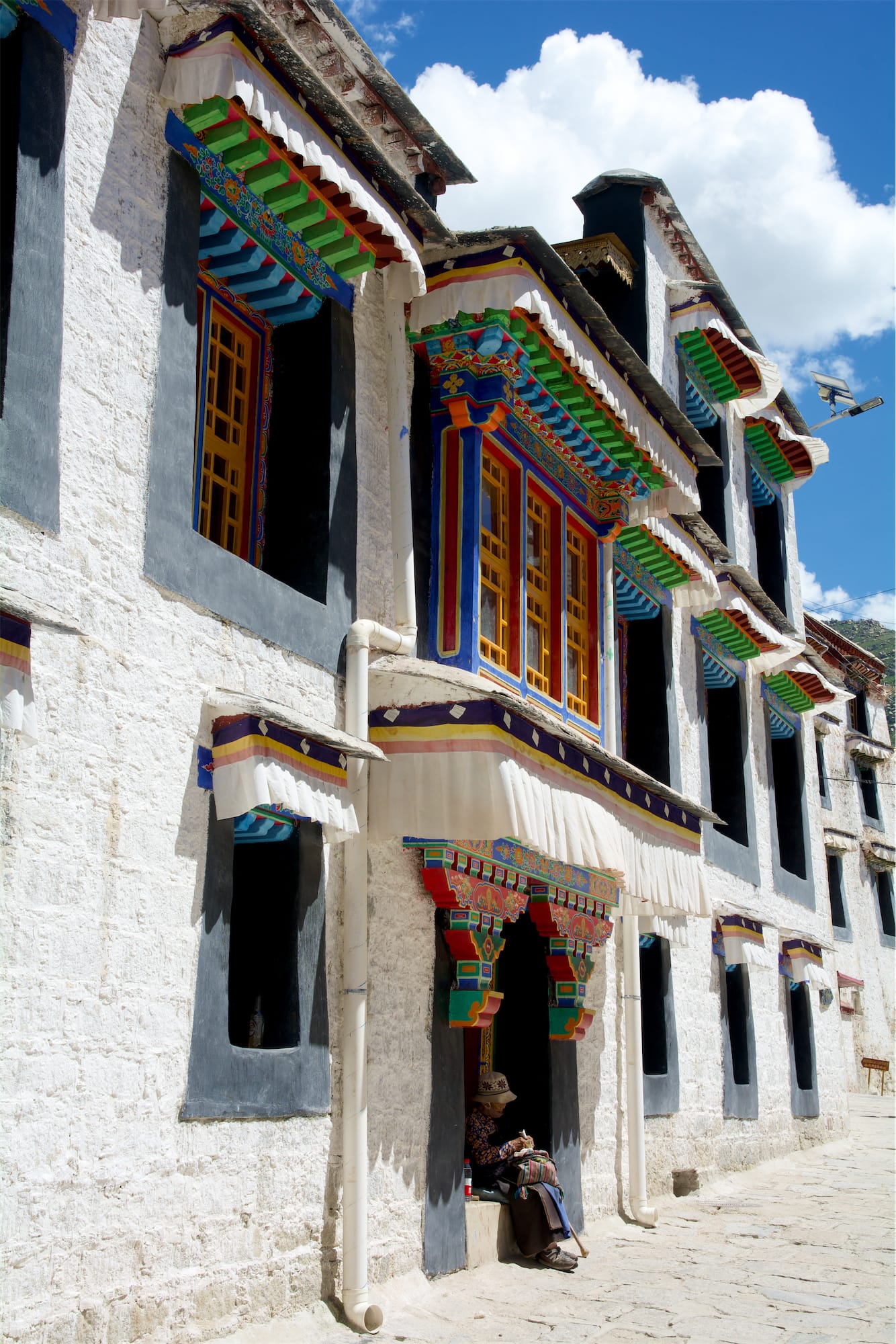
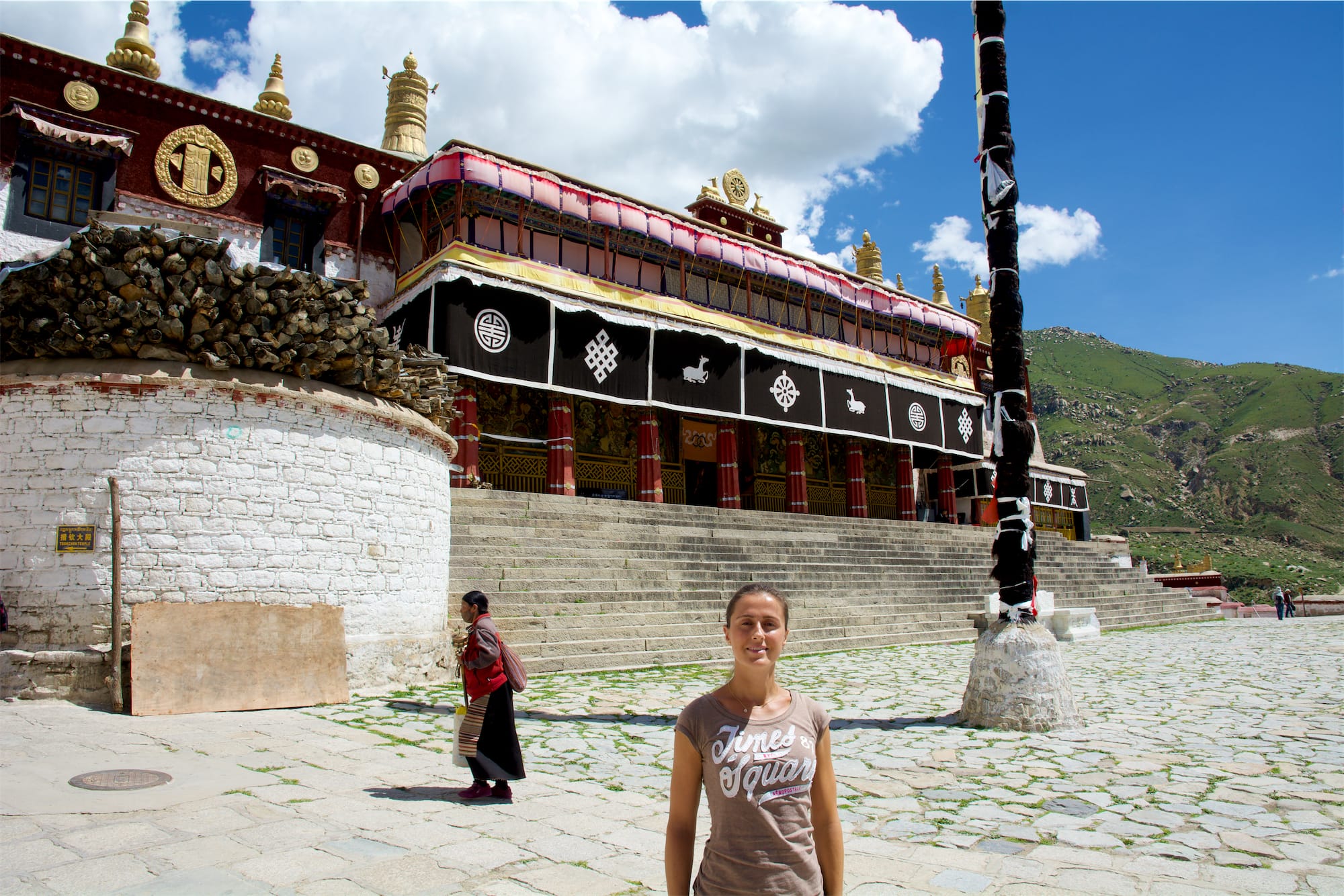

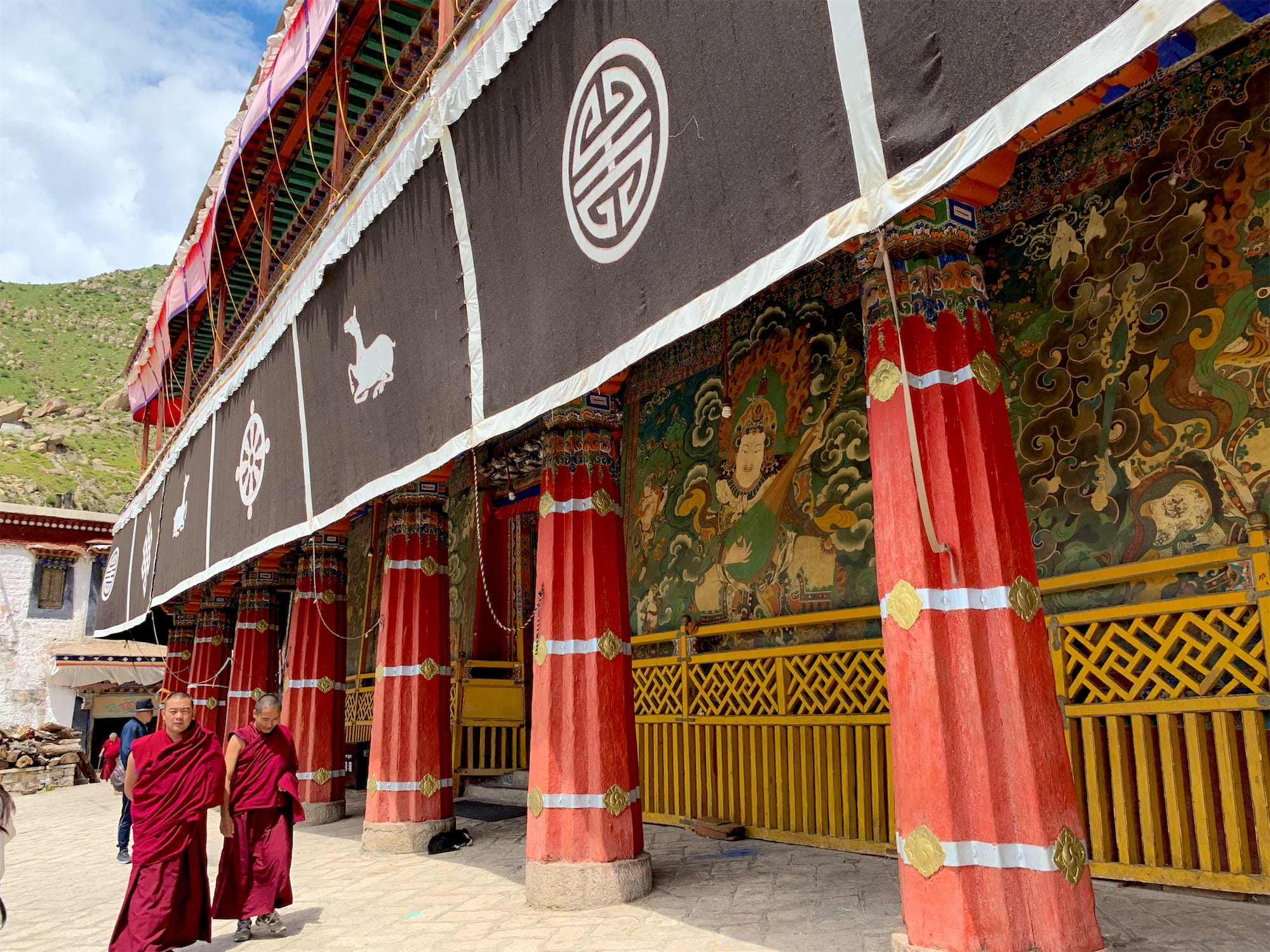

To complete the day, we spent the afternoon at the Sera Monastery, famous for the opportunity to attend the discussion sessions between the monks. These debates show how discussions between monks have taken place for centuries, respecting a classic ritual of confrontation in two. It is really particular and it is worth not to lose it, especially because in the other monasteries the life of the monk and his religiosity are usually carried out in private and not in the presence of tourists.
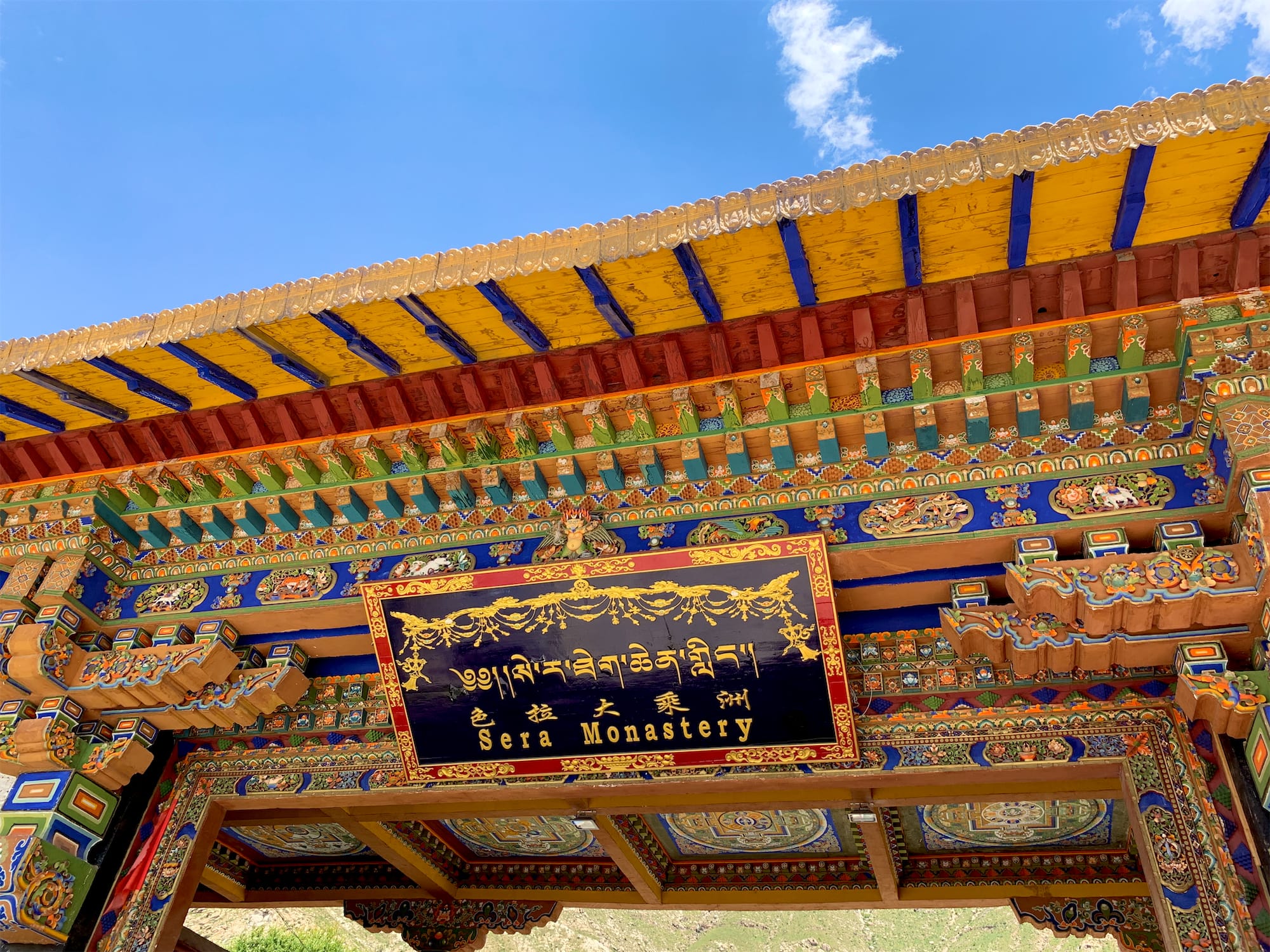
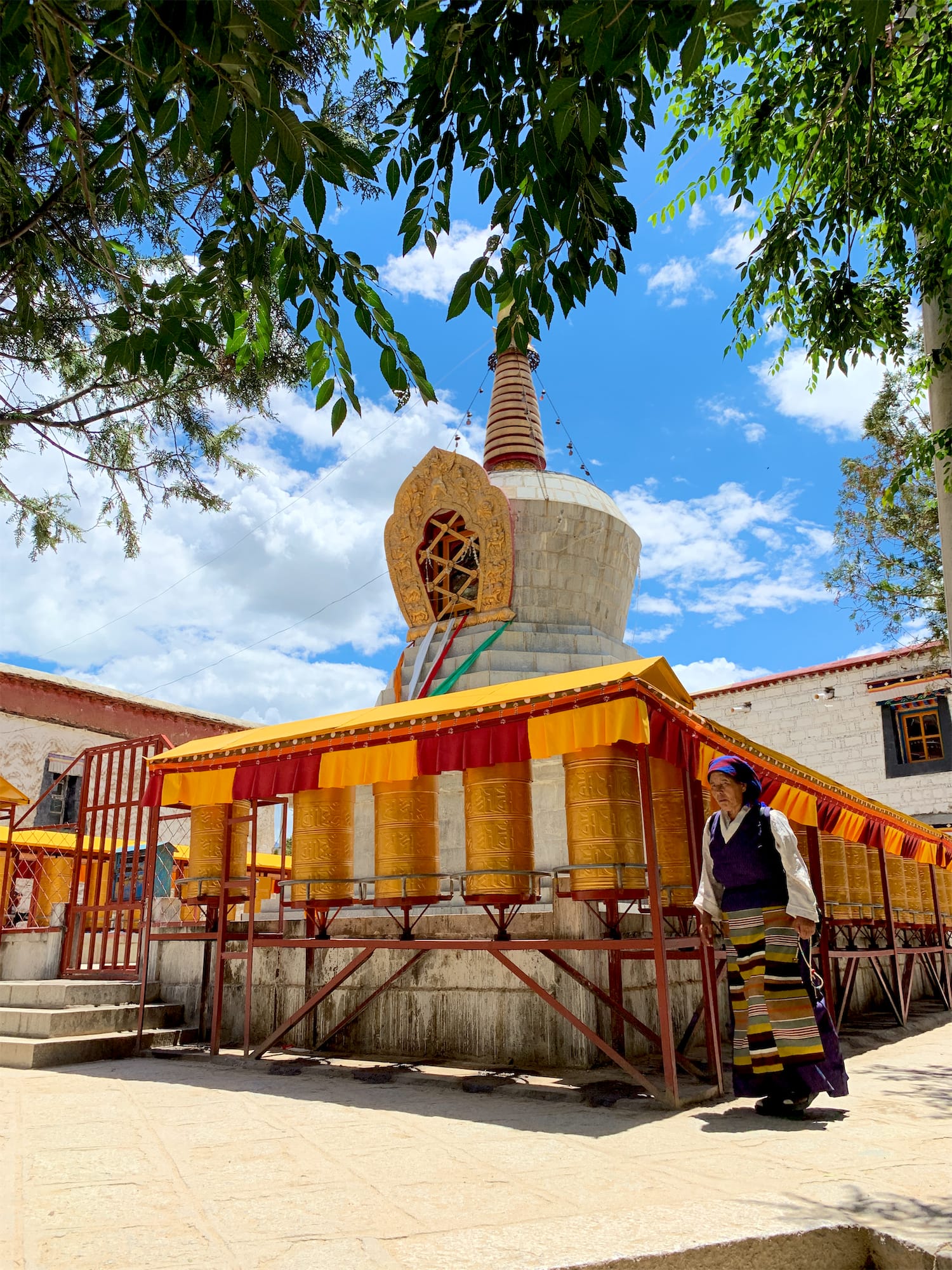
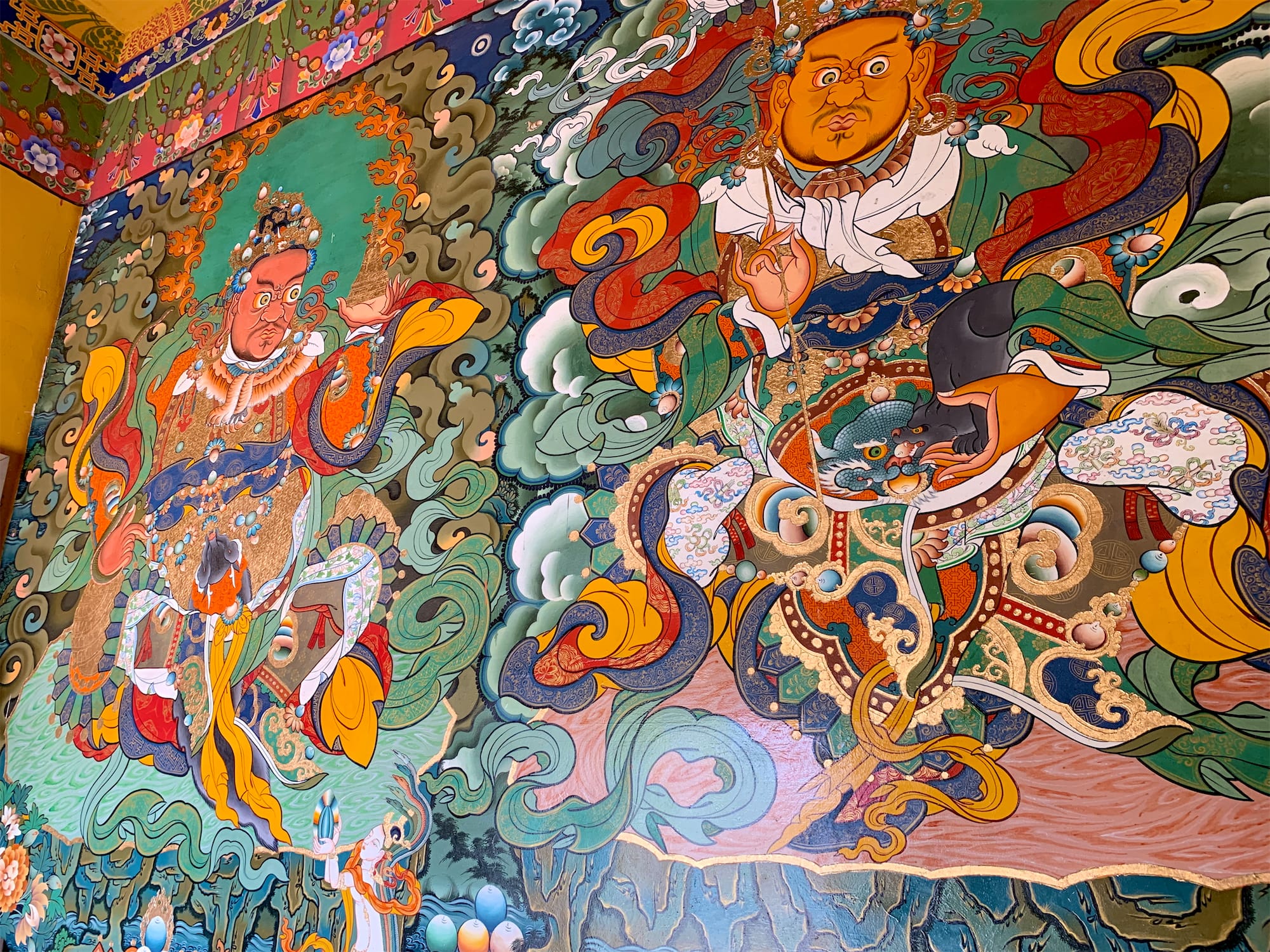
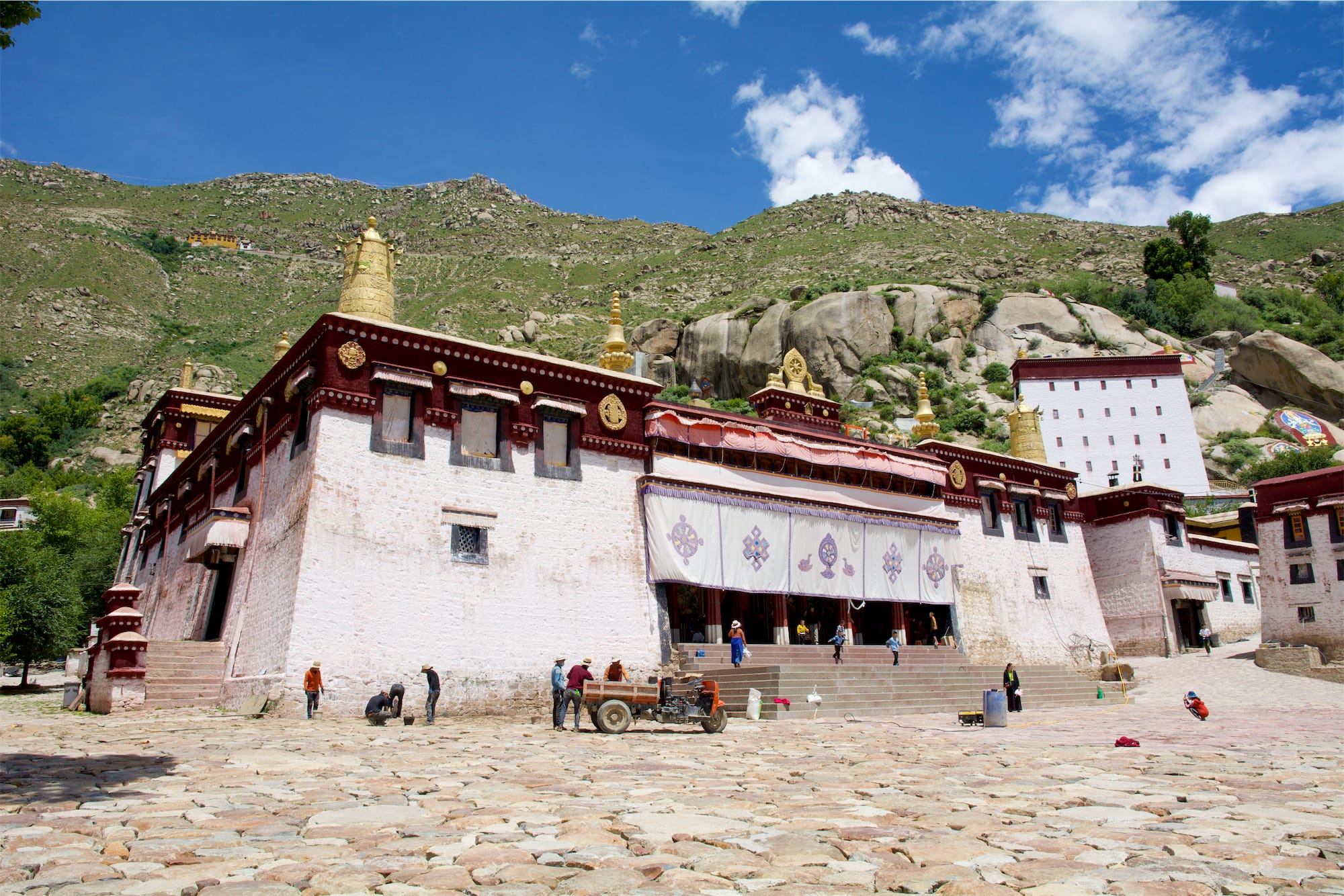
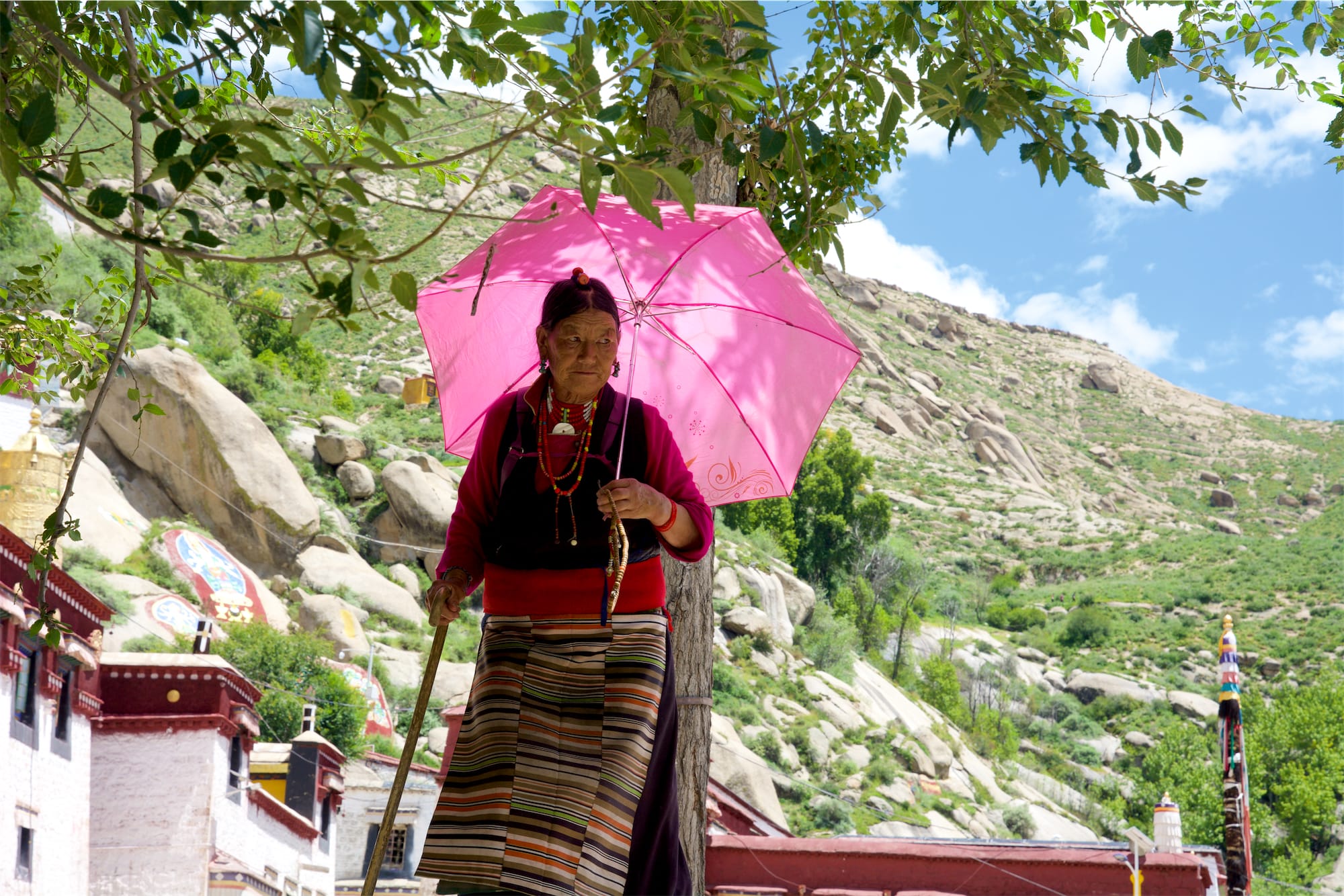
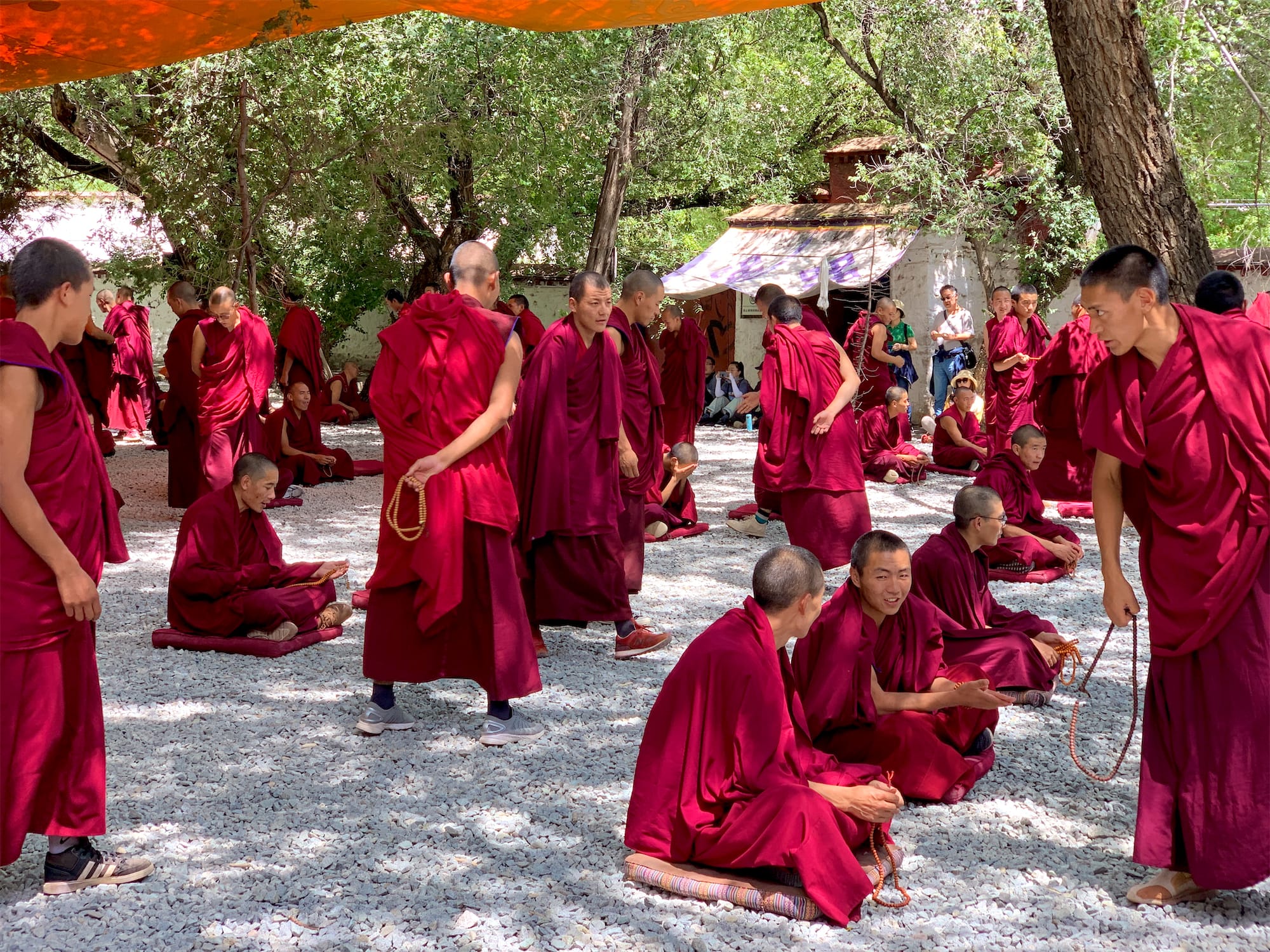
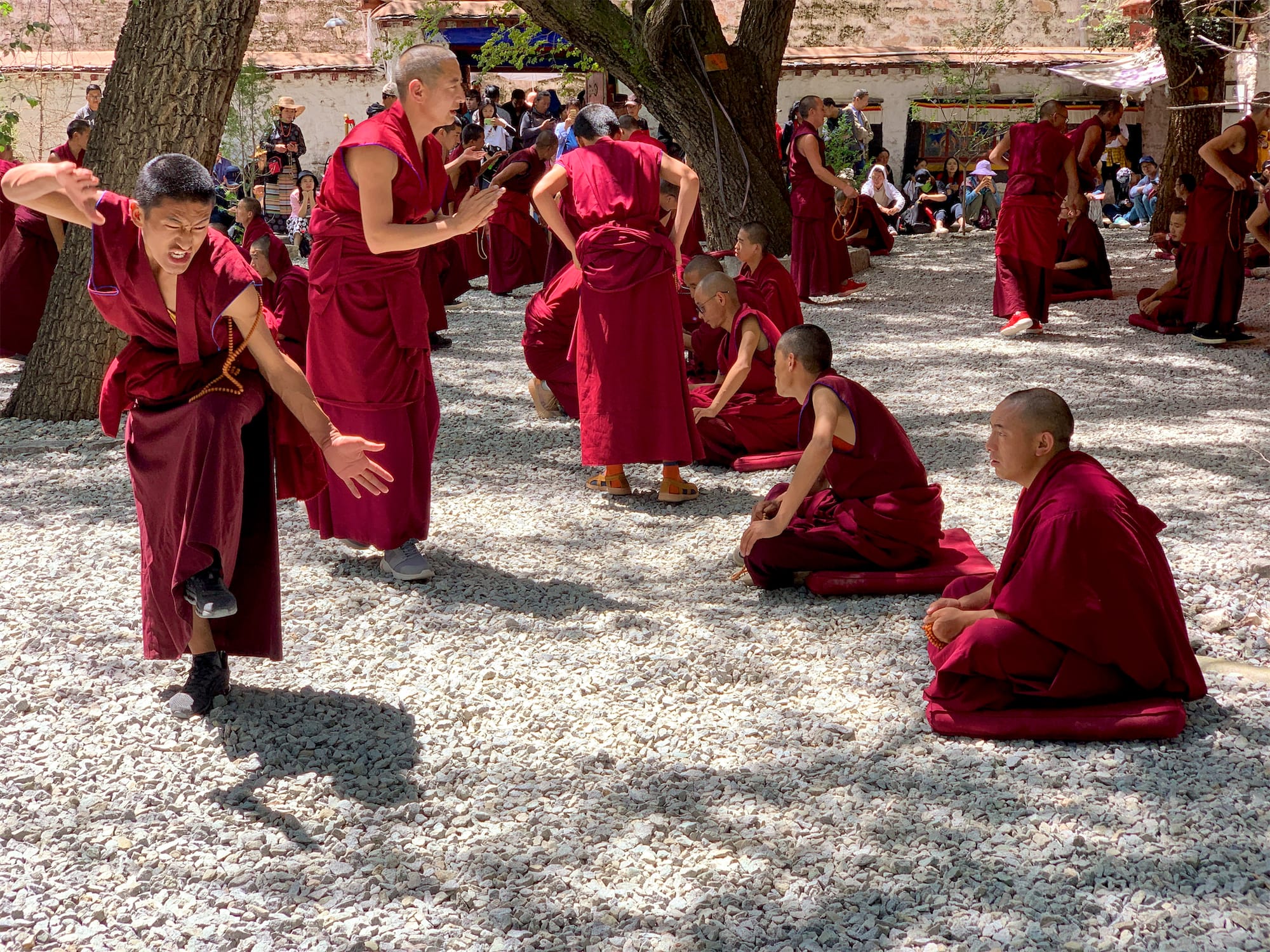
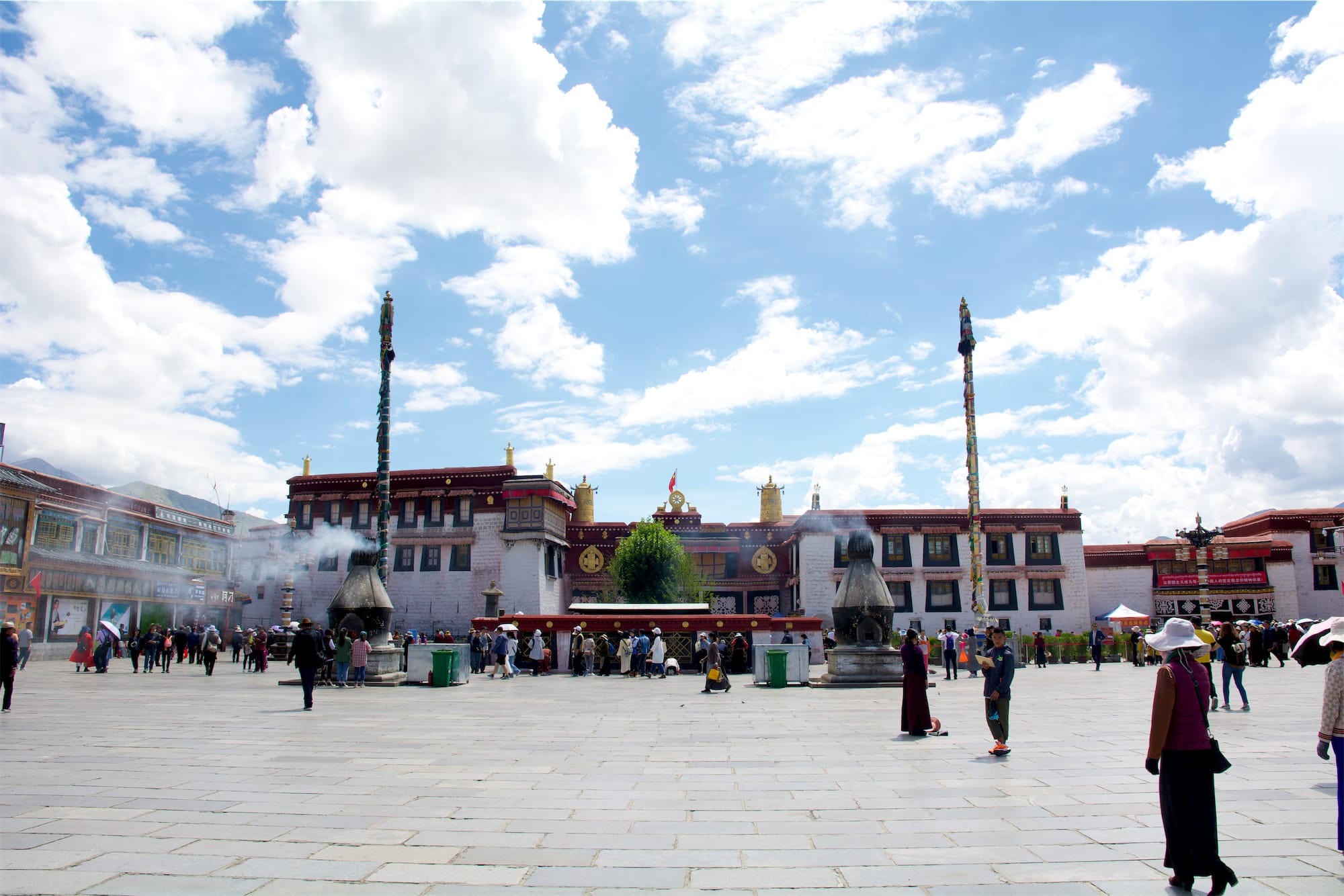
Not yet tired, we decided to visit Barkhor street. This circular route, whose name means "pilgrim circuit" is located in the center of Lhasa and surrounds the Jokhang Temple. Access to the street is monitored by Chinese soldiers and backpacks and documents are checked carefully. The path is all paved in stone and the devotees walk it in a circular direction, prostrating on their knees with each step. For this reason you will notice a cobblestone rather smoothed by the continuous passage of the faithful. Along the way, there are several shops in which to shop, remember that it is always necessary to bargain.

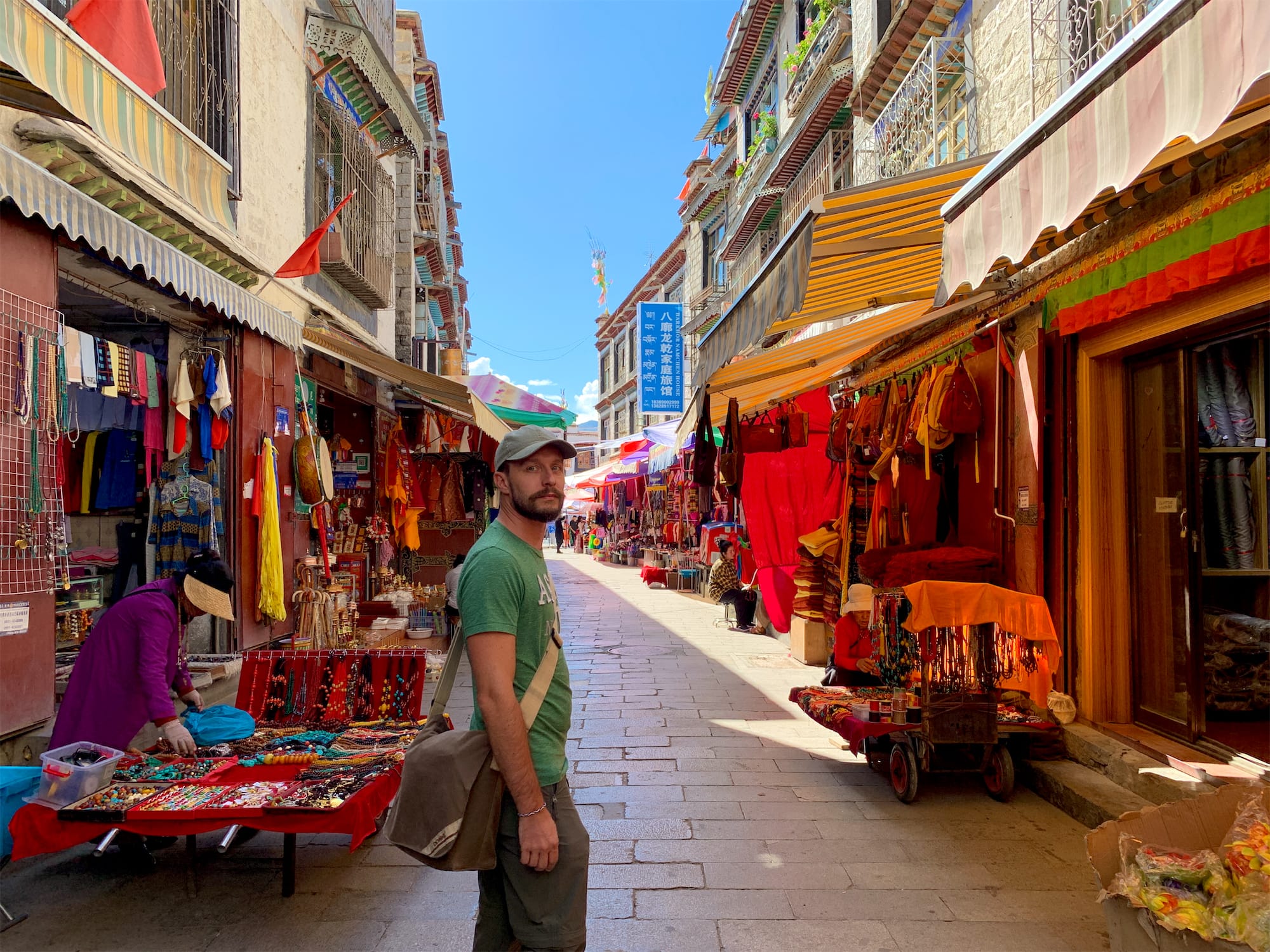


The following day we went to the wonderful and impressive Potala Palace. This immense palace, winter residence of the Dalai Lama is the undisputed symbol of Tibet (you can find it also represented on the 50 Yuan banknotes). Built in the 17th century, it is an unmissable work that allows you to understand the double role played by the figure of the Dalai Lama. The building is in fact characterized by two main colors, red and white, flanked by some ocher points. The red, positioned at the top, represents religious power. In this part of the building there are numerous chapels and prayer rooms. The lower part painted in white, was instead dedicated to government activities and the residence of the Dalai Lama and his students.

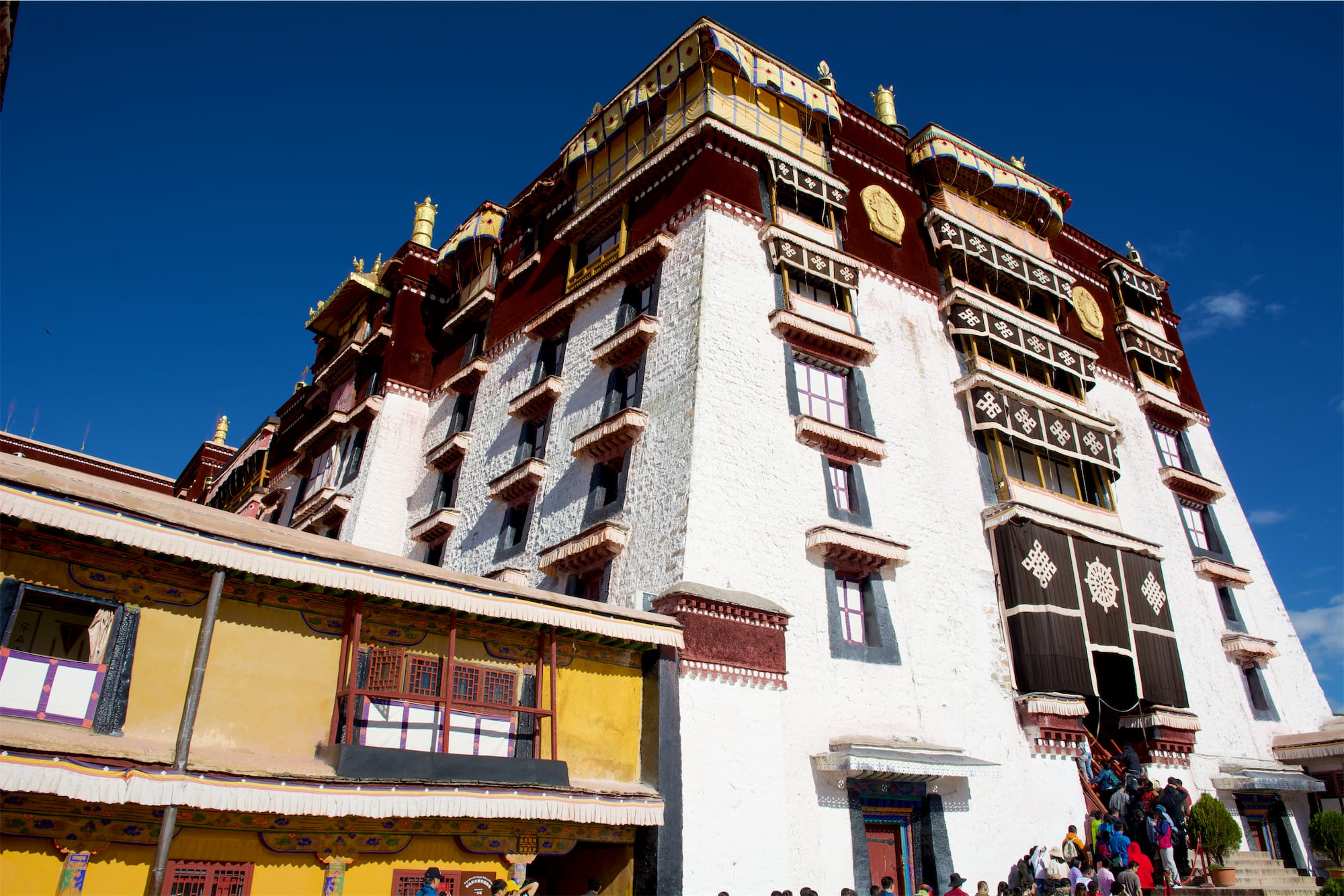
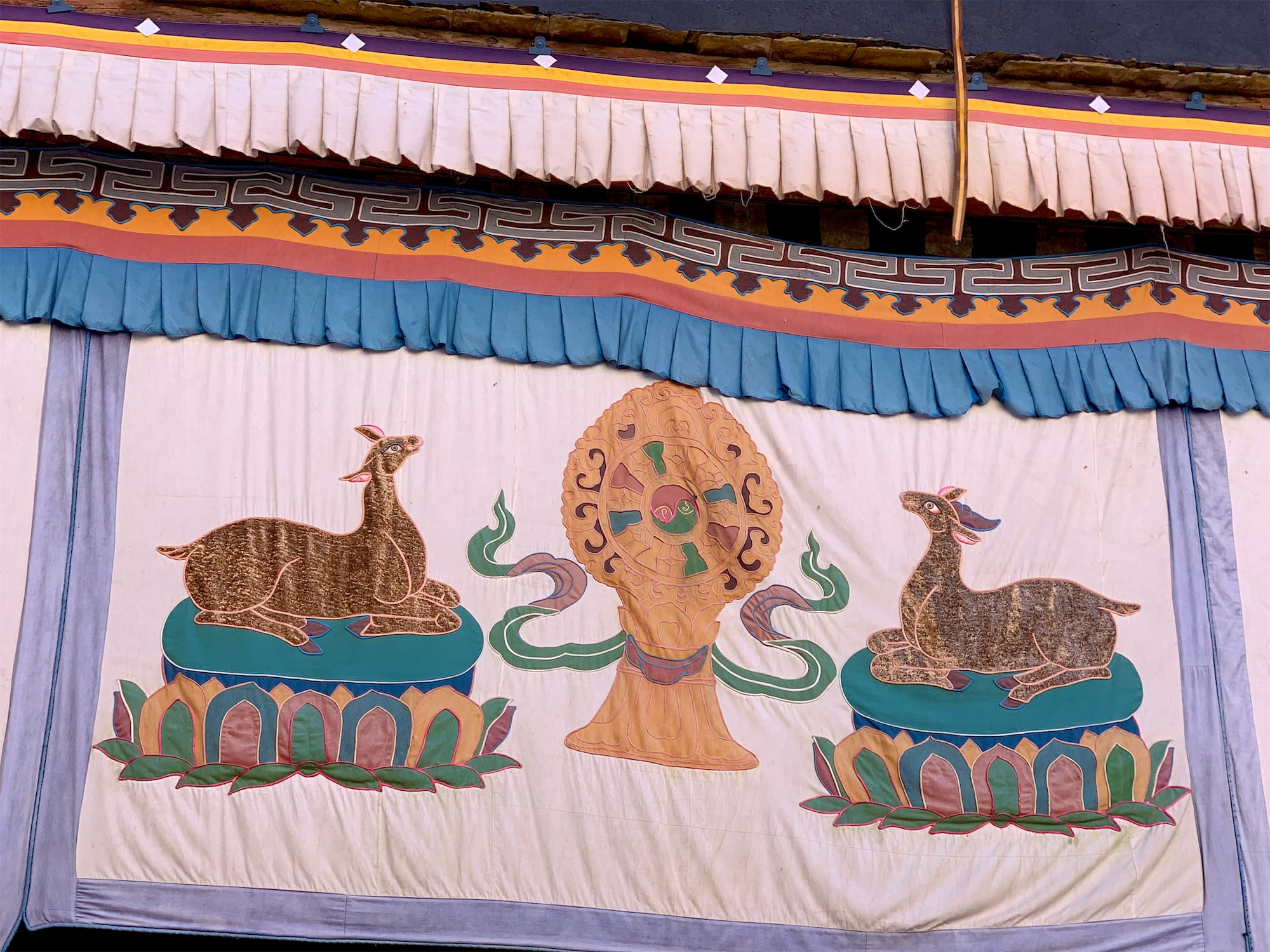

Inside the Potala it is forbidden to take photographs, but the view from above on the building and on the valley below is really beautiful. The controversial square in front of the building leaves a little perplexed, an immense expanse of concrete, which should celebrate the liberation of the Tibetan people by China. The best place to take pictures is certainly from the small hill on the left of the square or from one of the various roofs of the hotels in the city center.
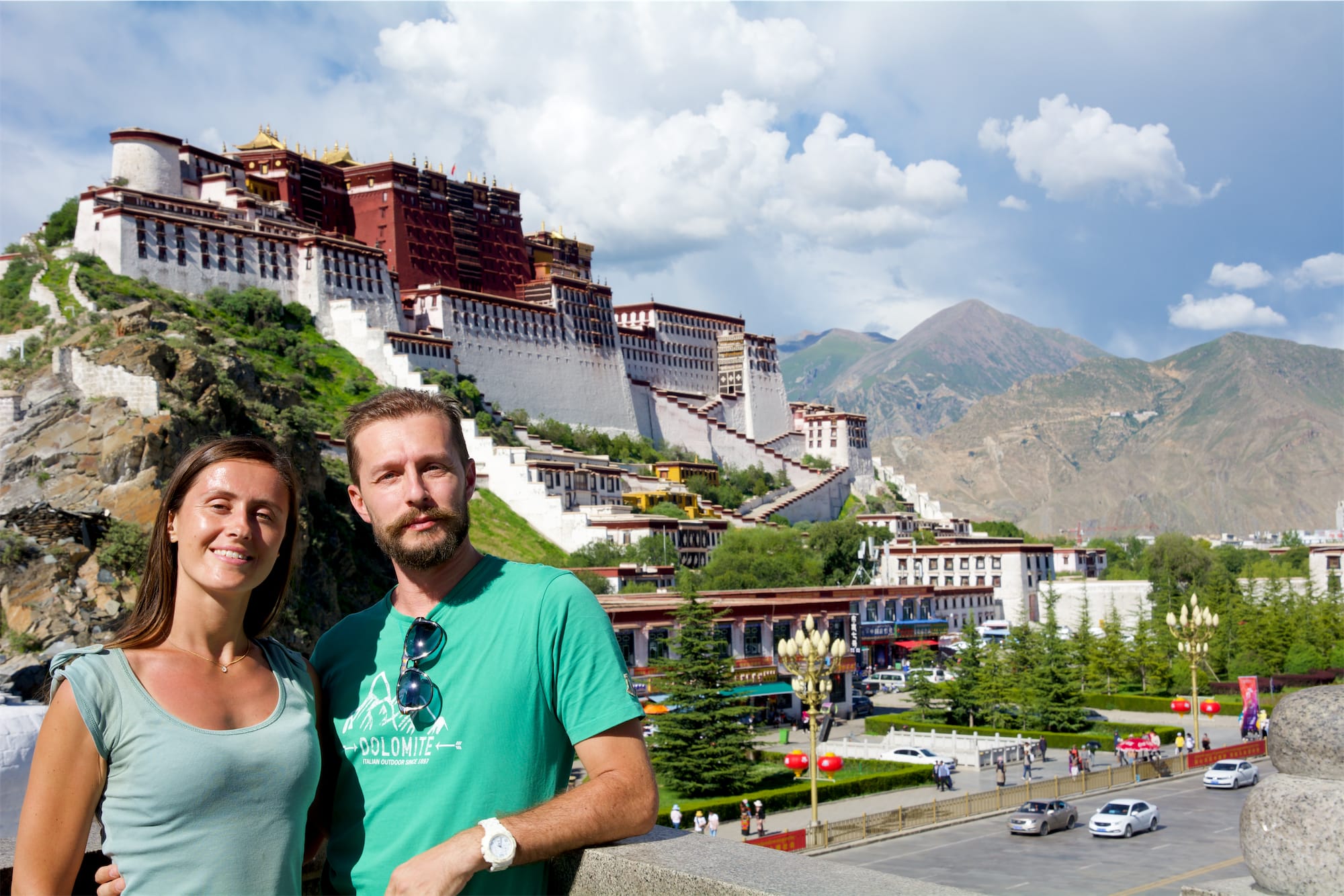
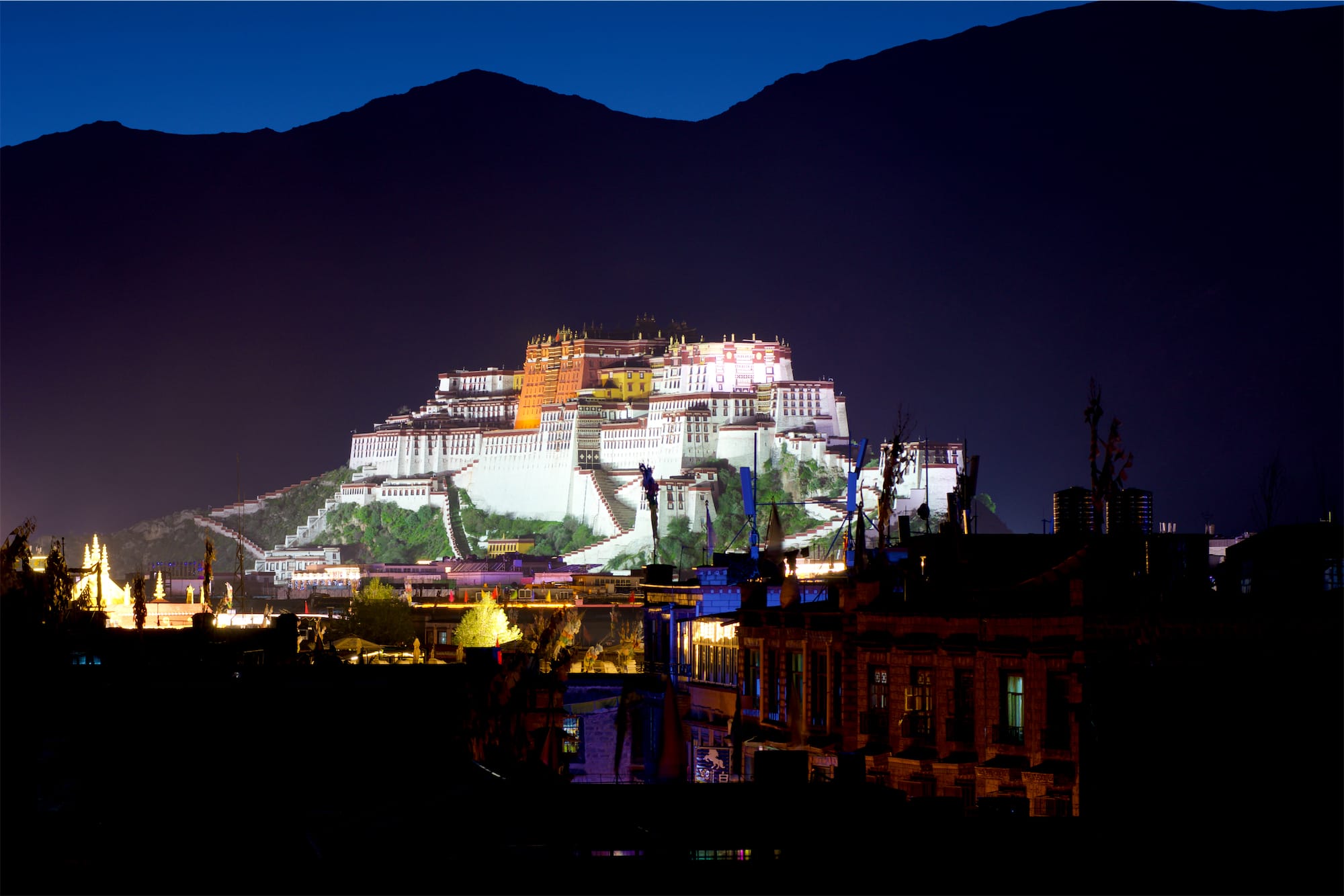
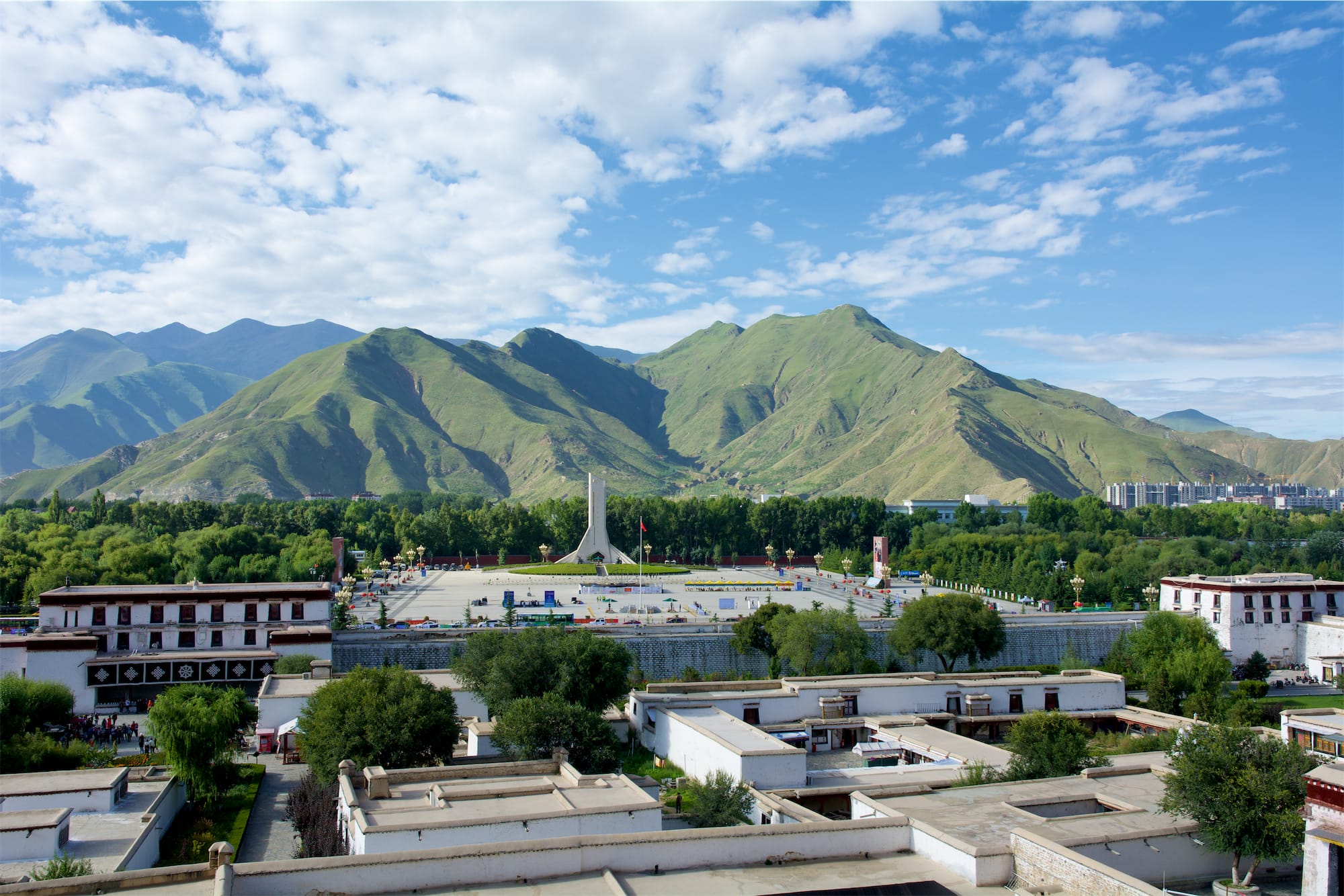
To conclude our day tour, we visited the Jokhang Temple, the only authentic one that has not been rebuilt. The number of faithful is very high and it is exciting to observe their devotion. The interior of the temple is very particular and absolutely worth a visit. Within the various monasteries and temples, the complexity of the decorations and representations is certainly appreciable having an expert guide at your side, to better understand their meaning through the history of Buddhism in Tibet.

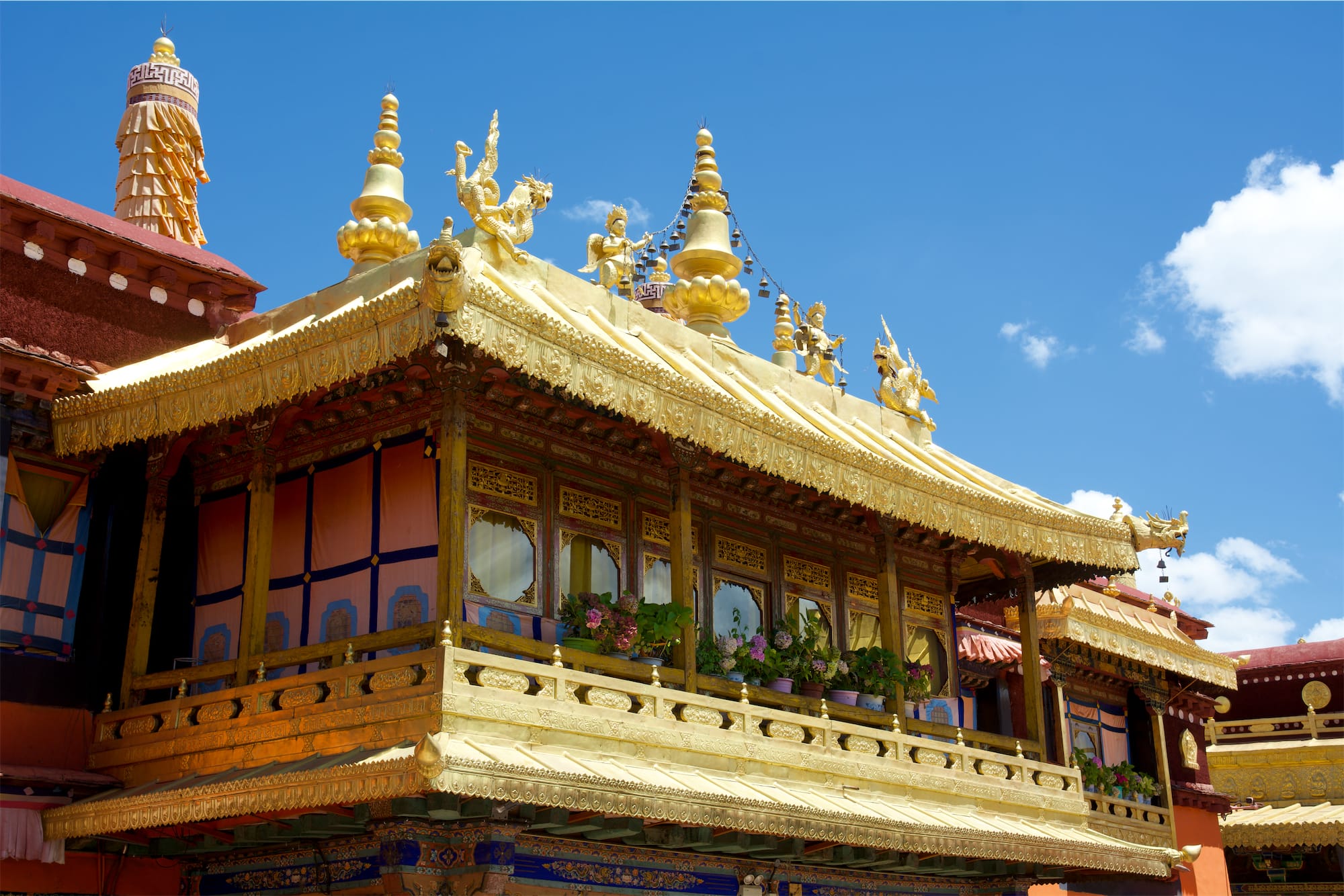
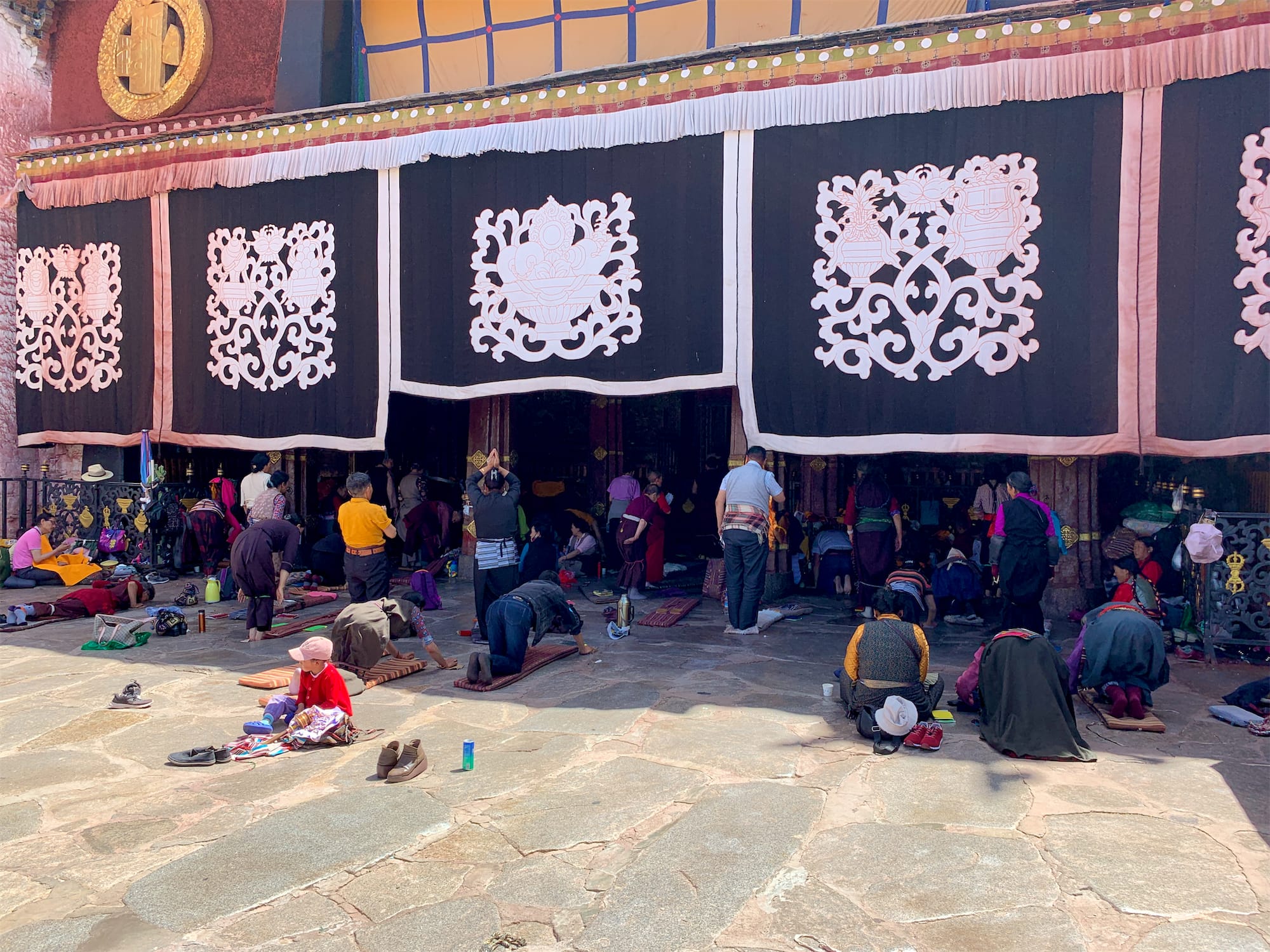
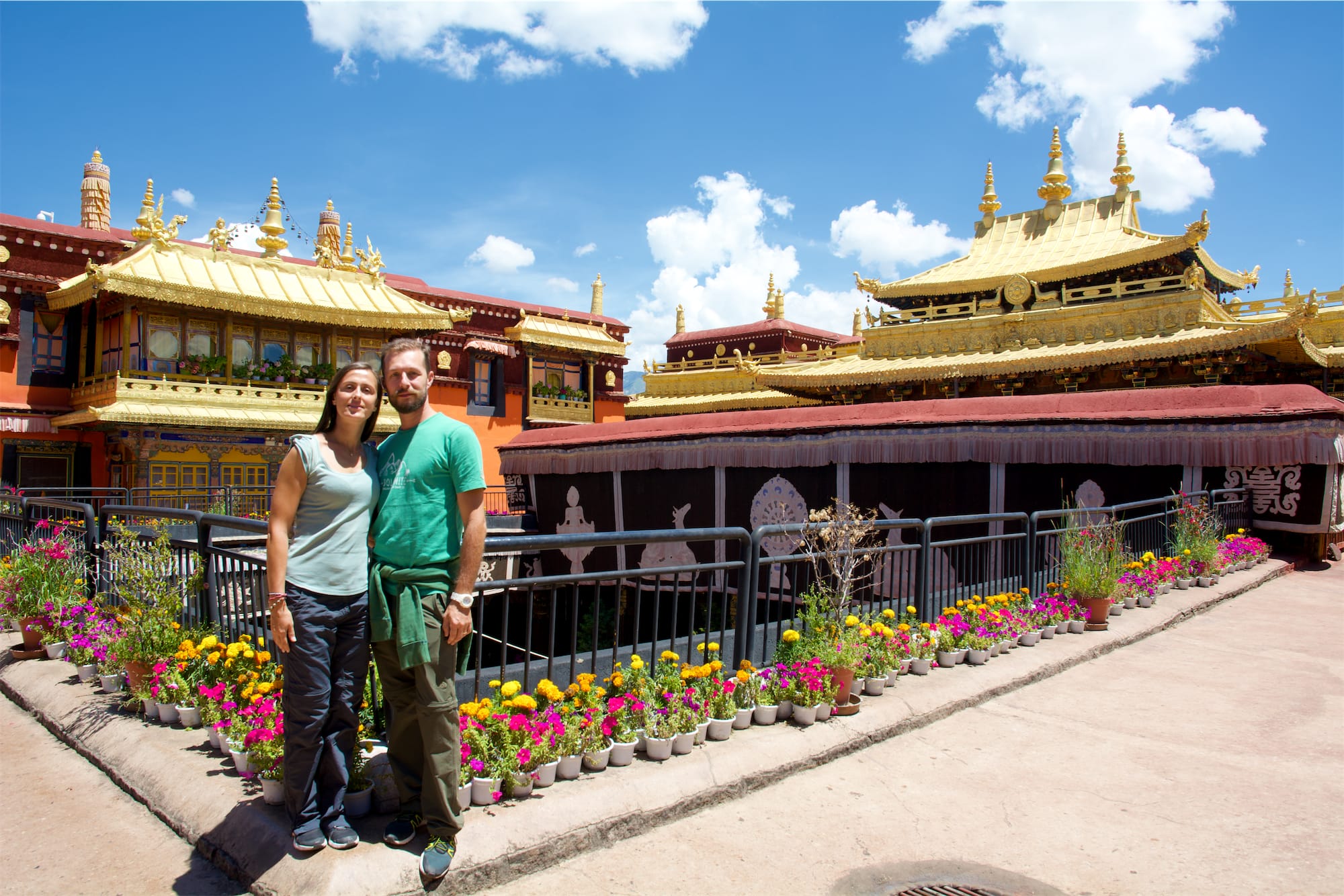

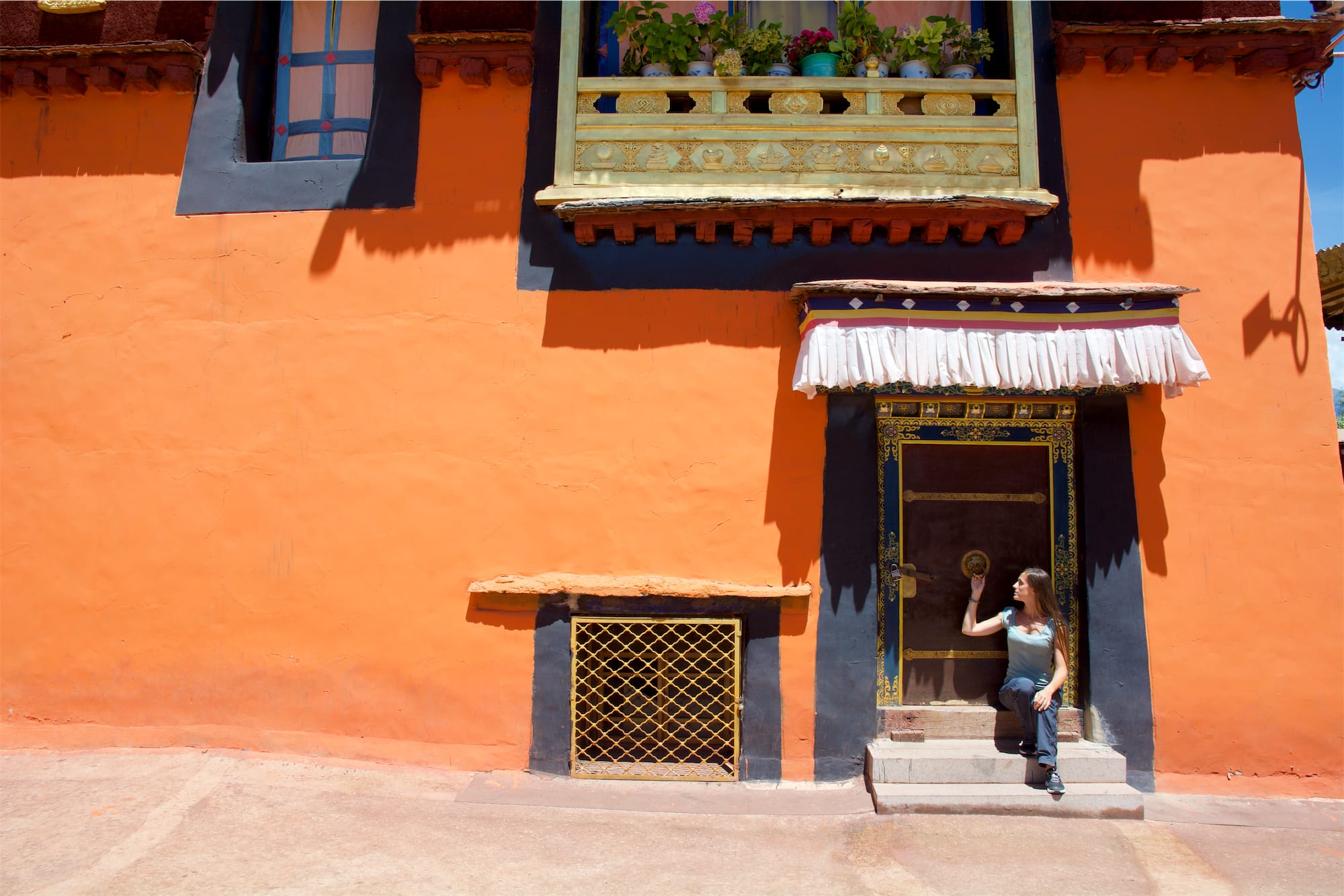
Tour to Shigatse
On the fourth day we left for our tour. We went through truly impressive landscapes: very high mountains and unspoiled nature. Among the highest points, the Kampa-la-Pass (4,797m) and the Karo-la-Pass (5,050m).
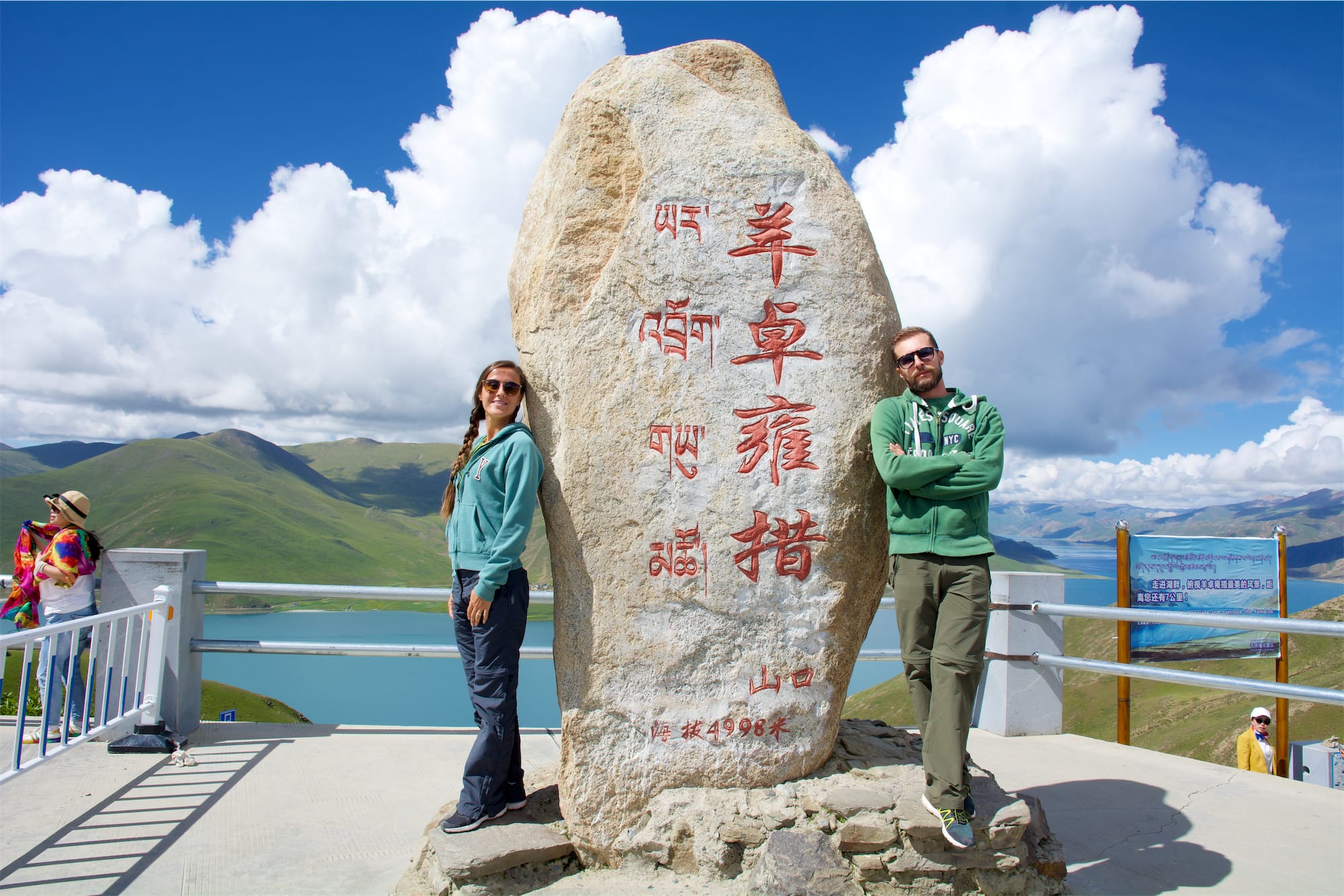

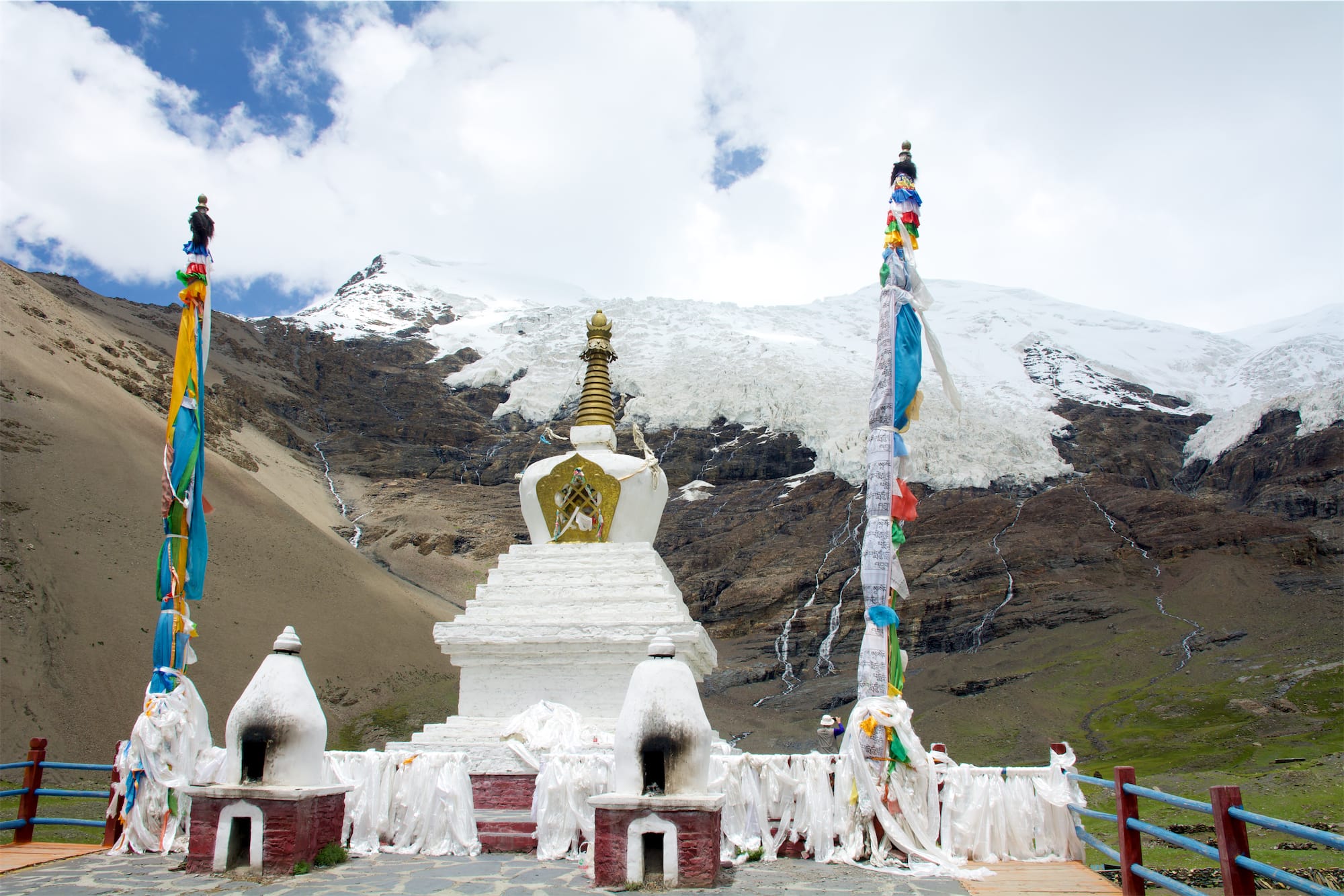
We also made a short stop at Yamdrok lake, one of the three lakes considered sacred by Tibetans. Around this lake you will have the opportunity to take pictures with Tibetan yaks, goats and mastiffs, with truly impressive dimensions.
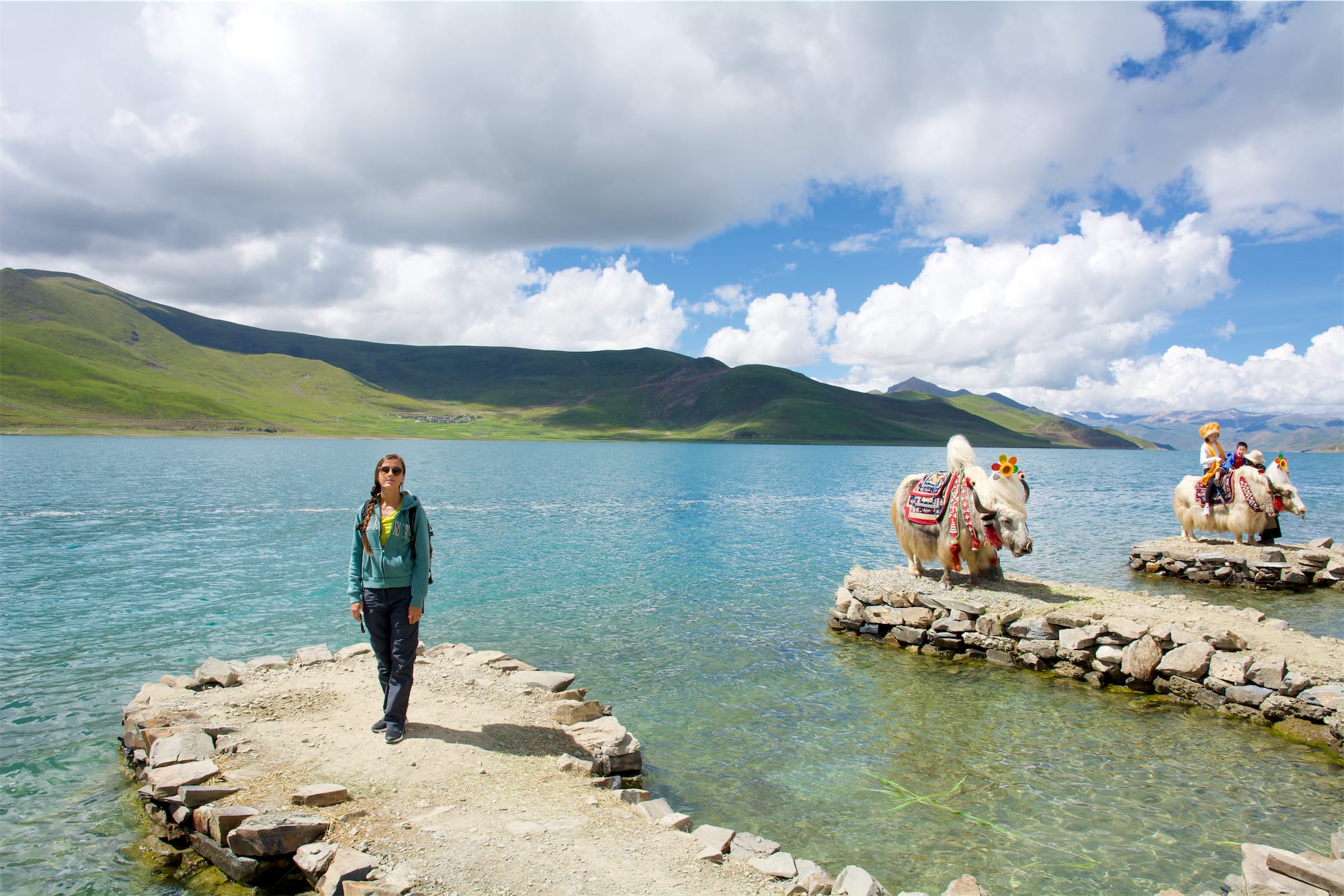

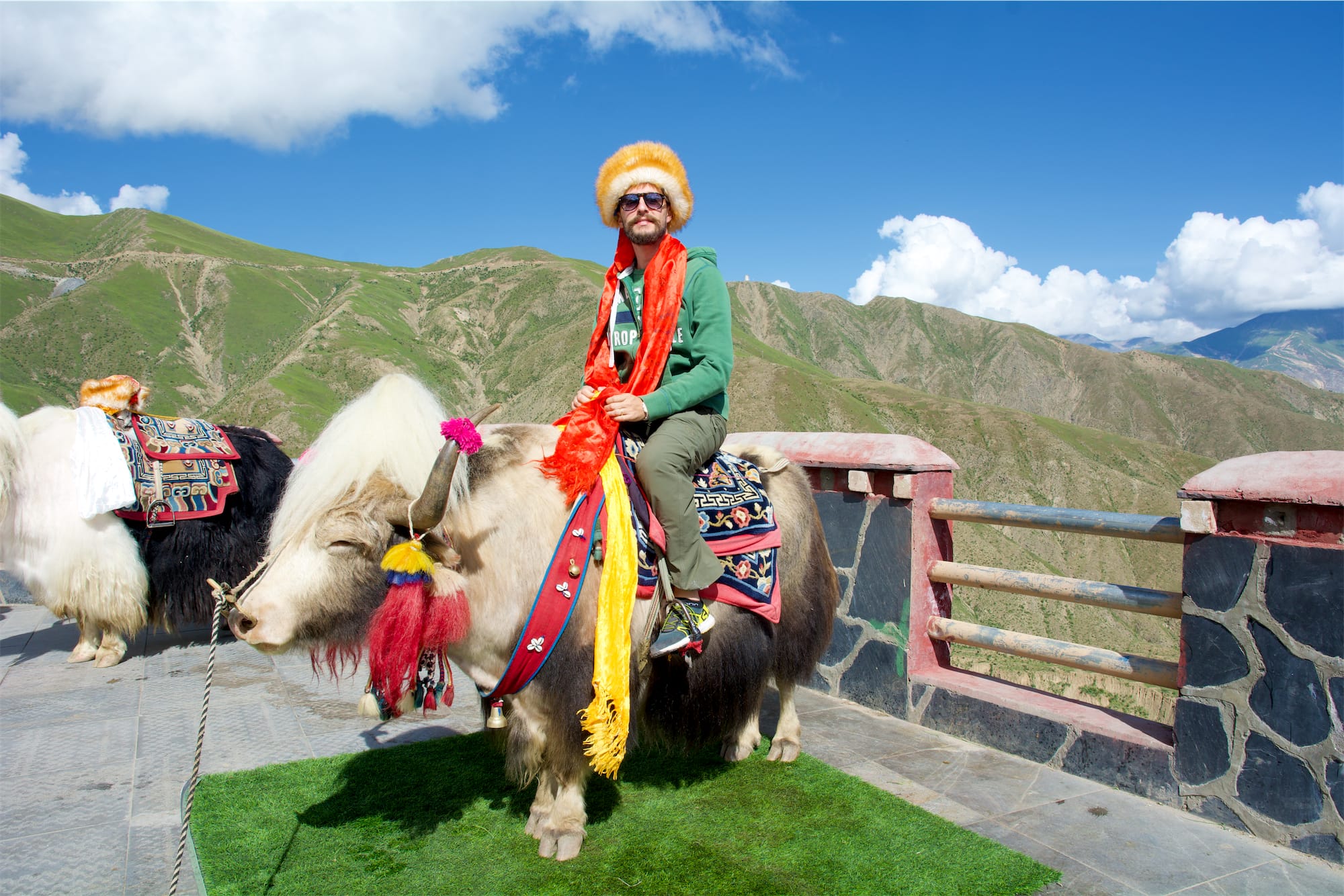
Our final destination was the Pelkor Chode Monastery in Gyantse. This monastery is mainly known for the particular Kumbum Stupa. The paintings and representations of the Buddha and his disciples follow one another in the 108 chapels and are a pilgrimage destination.

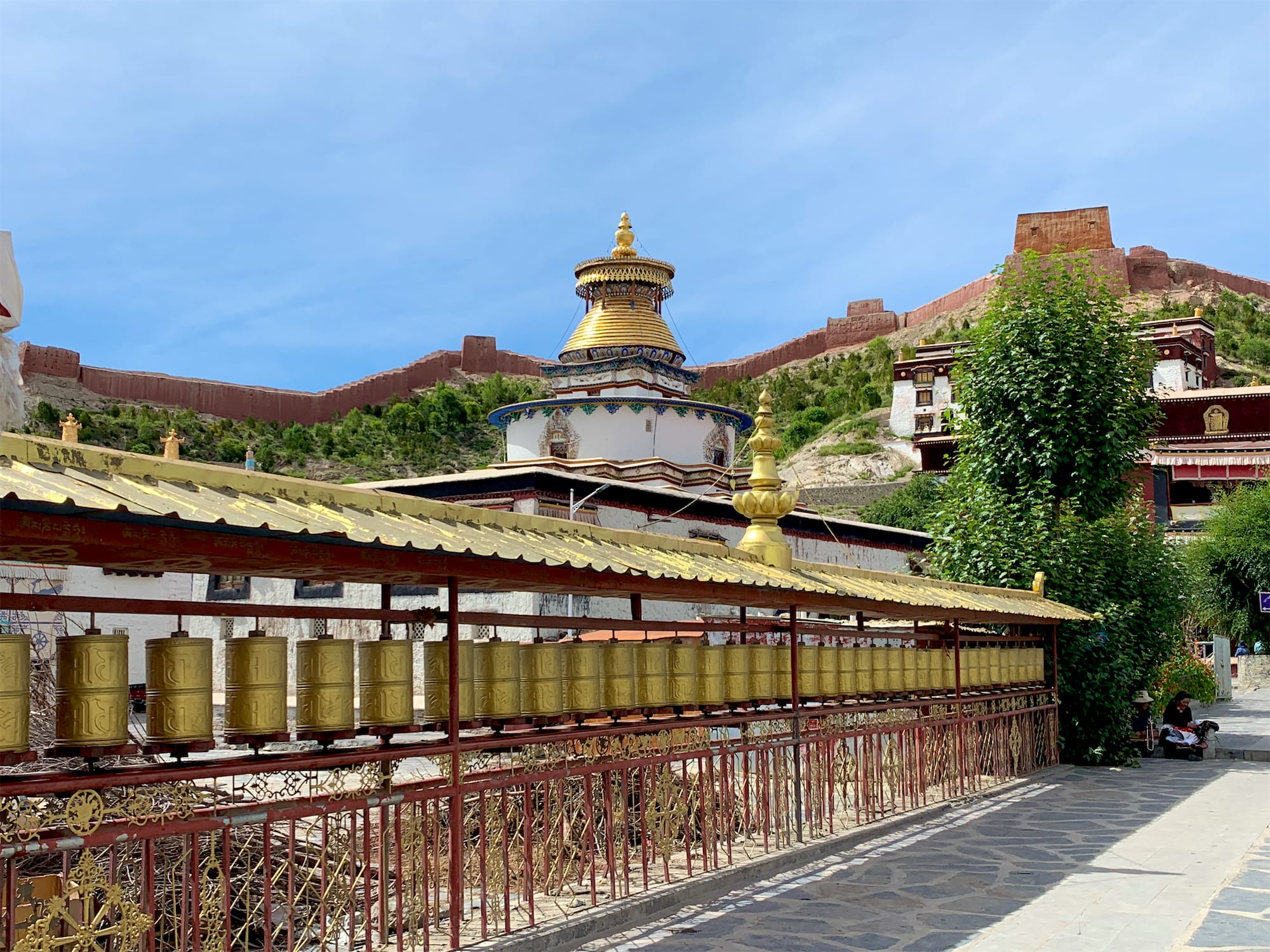
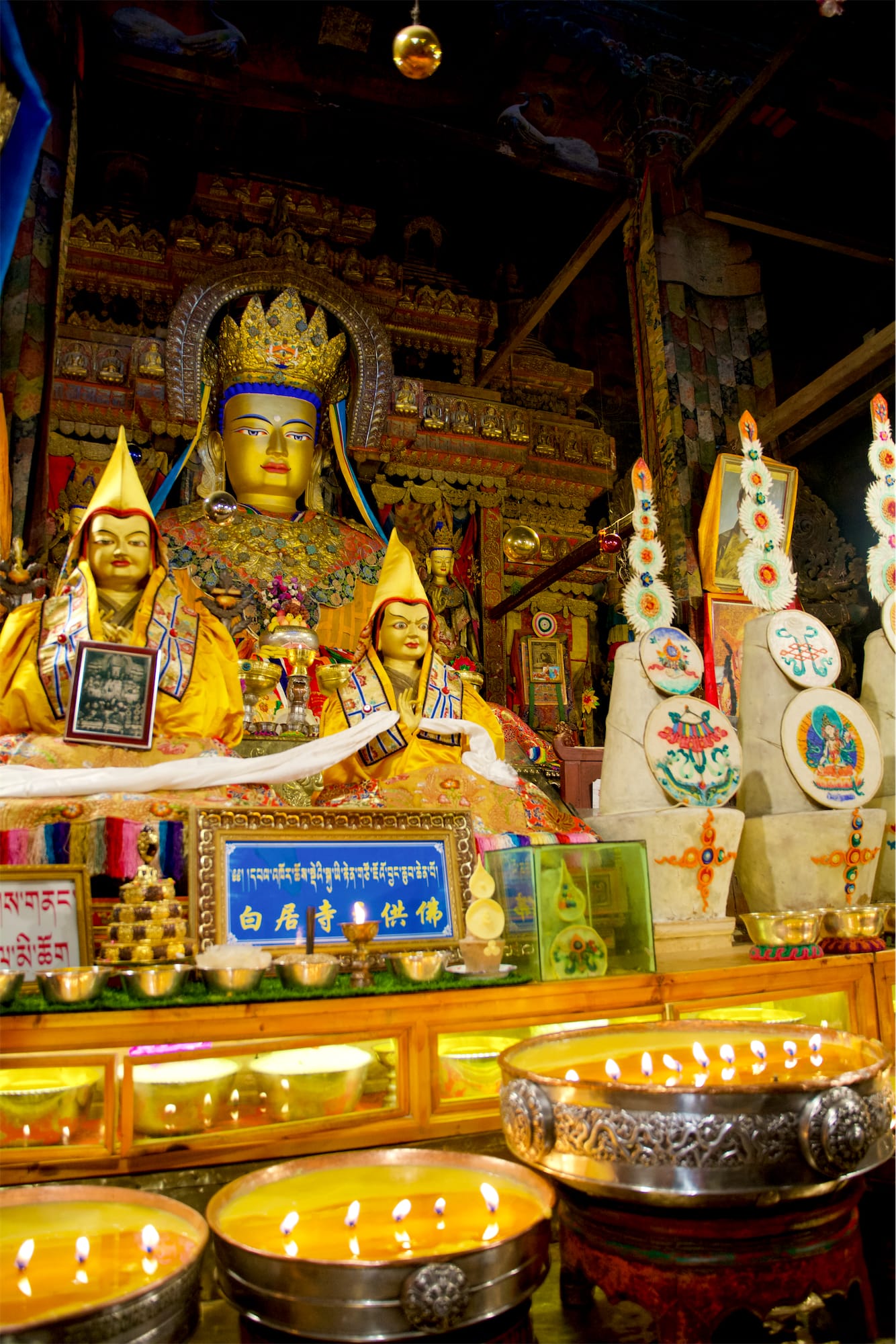
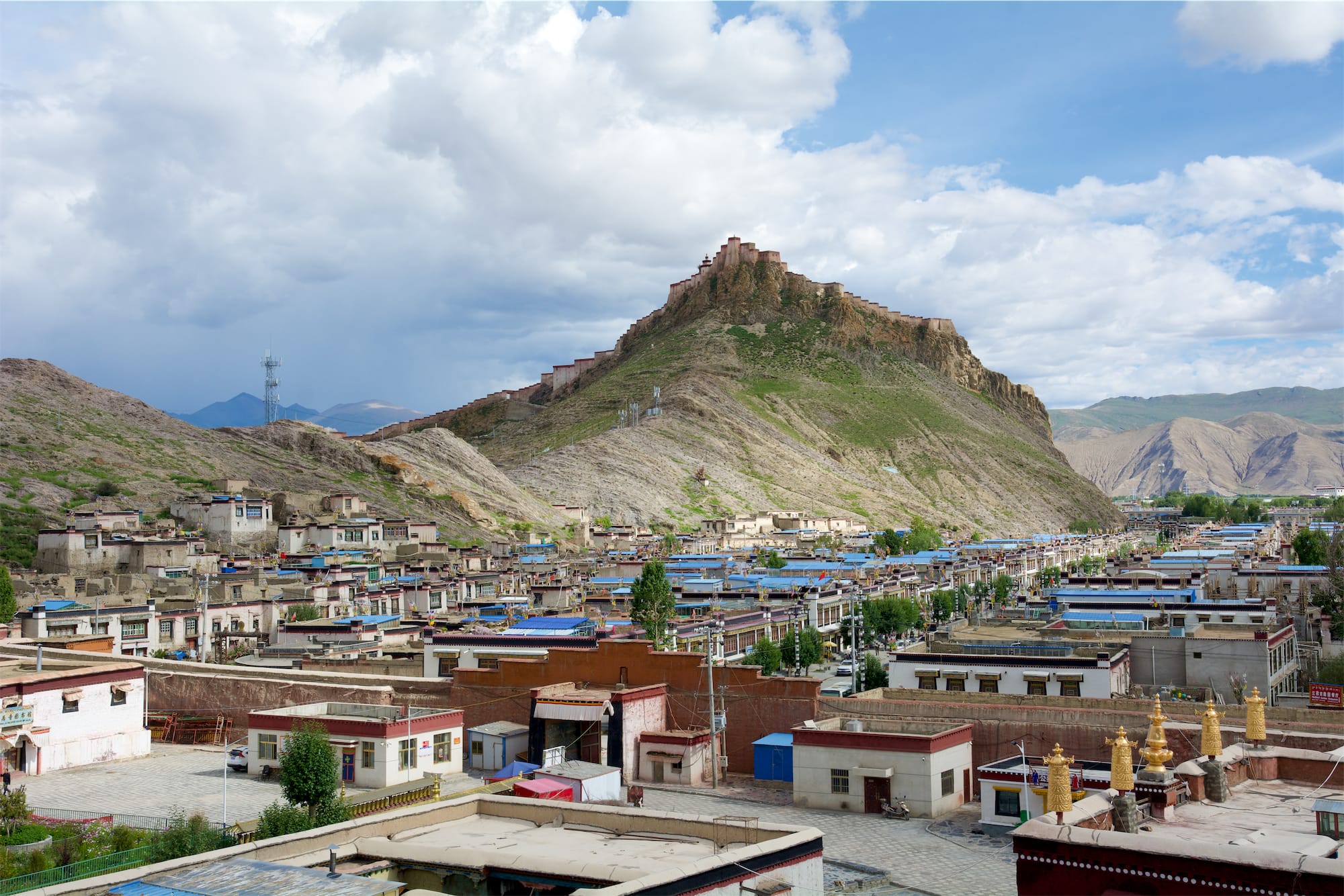
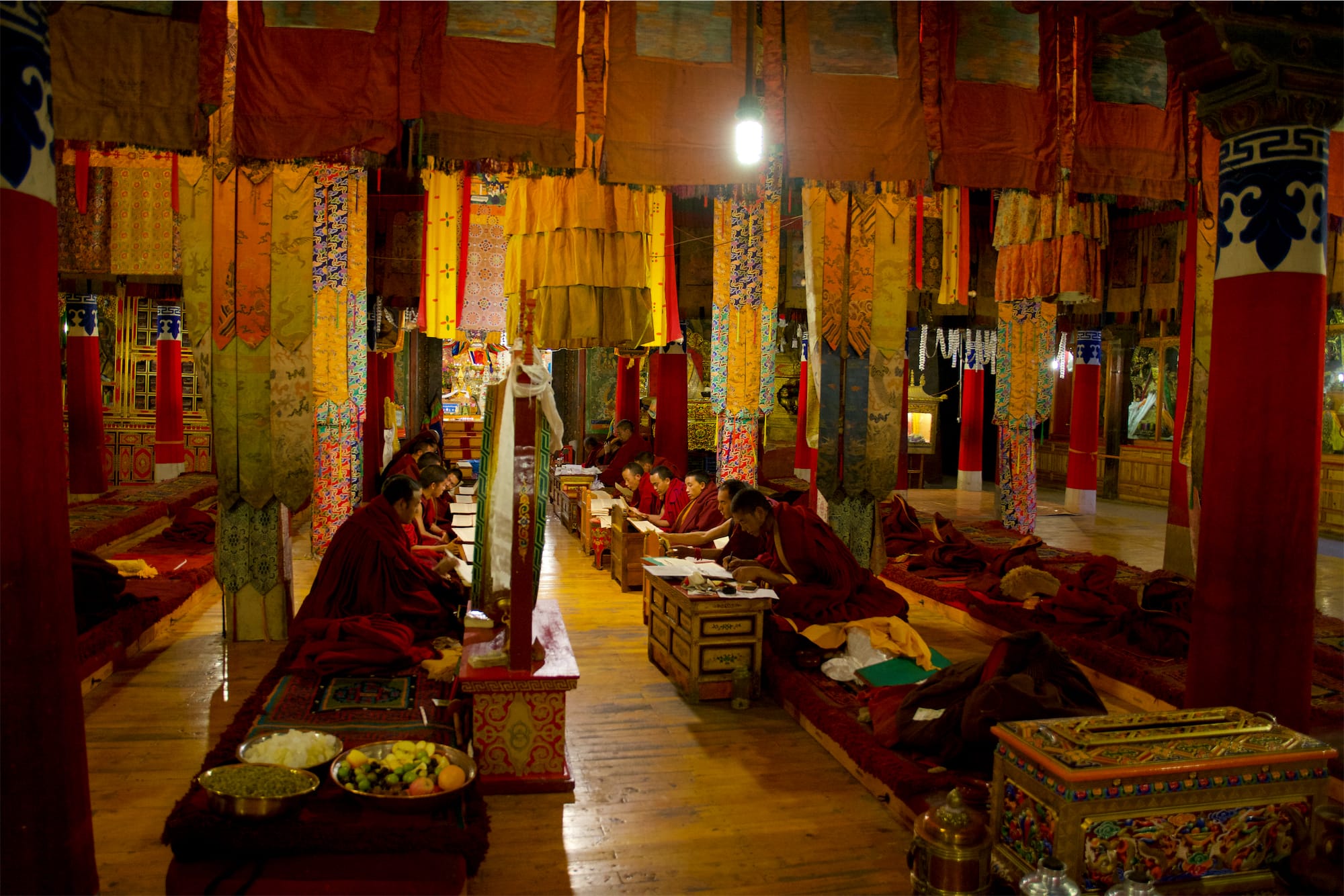
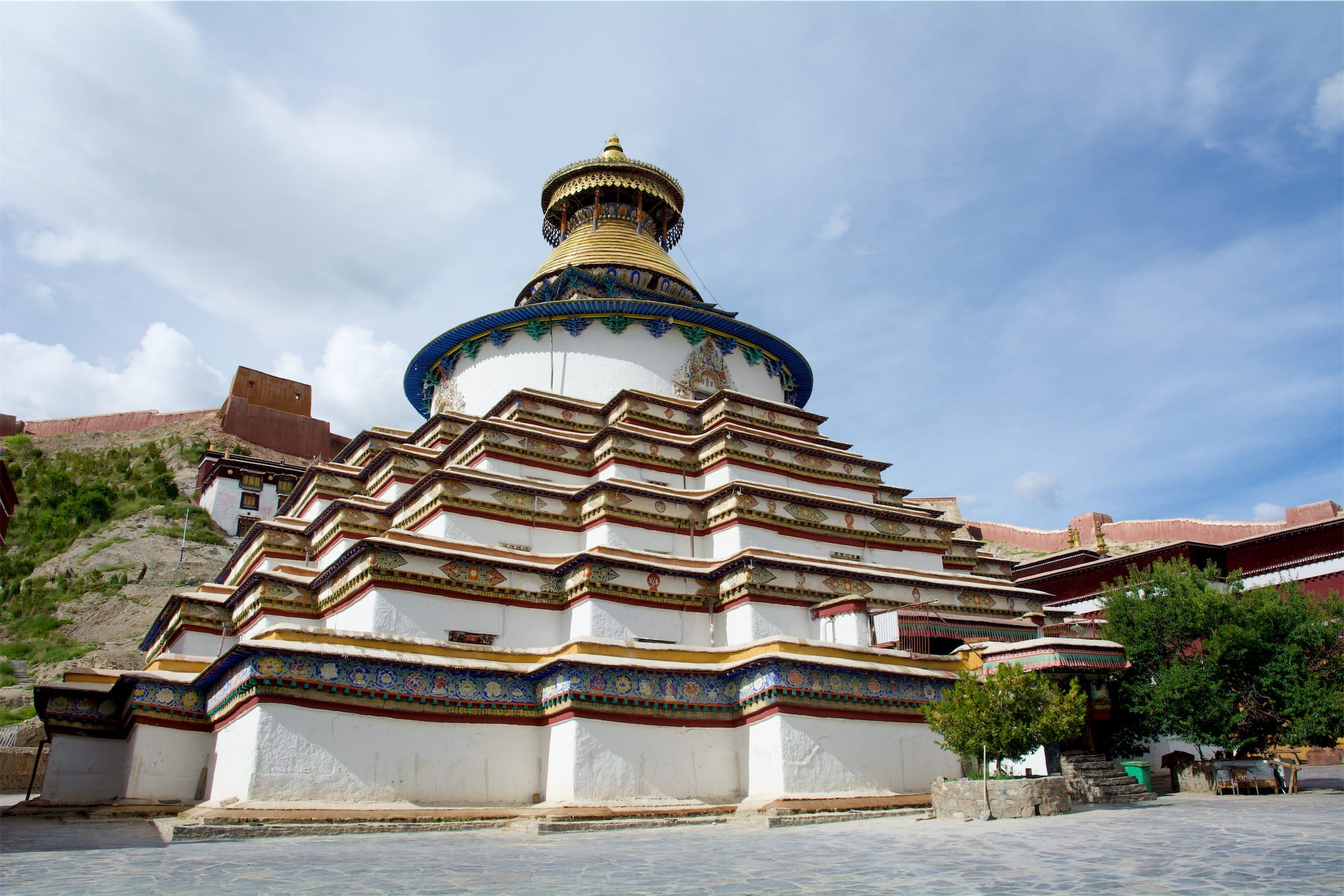
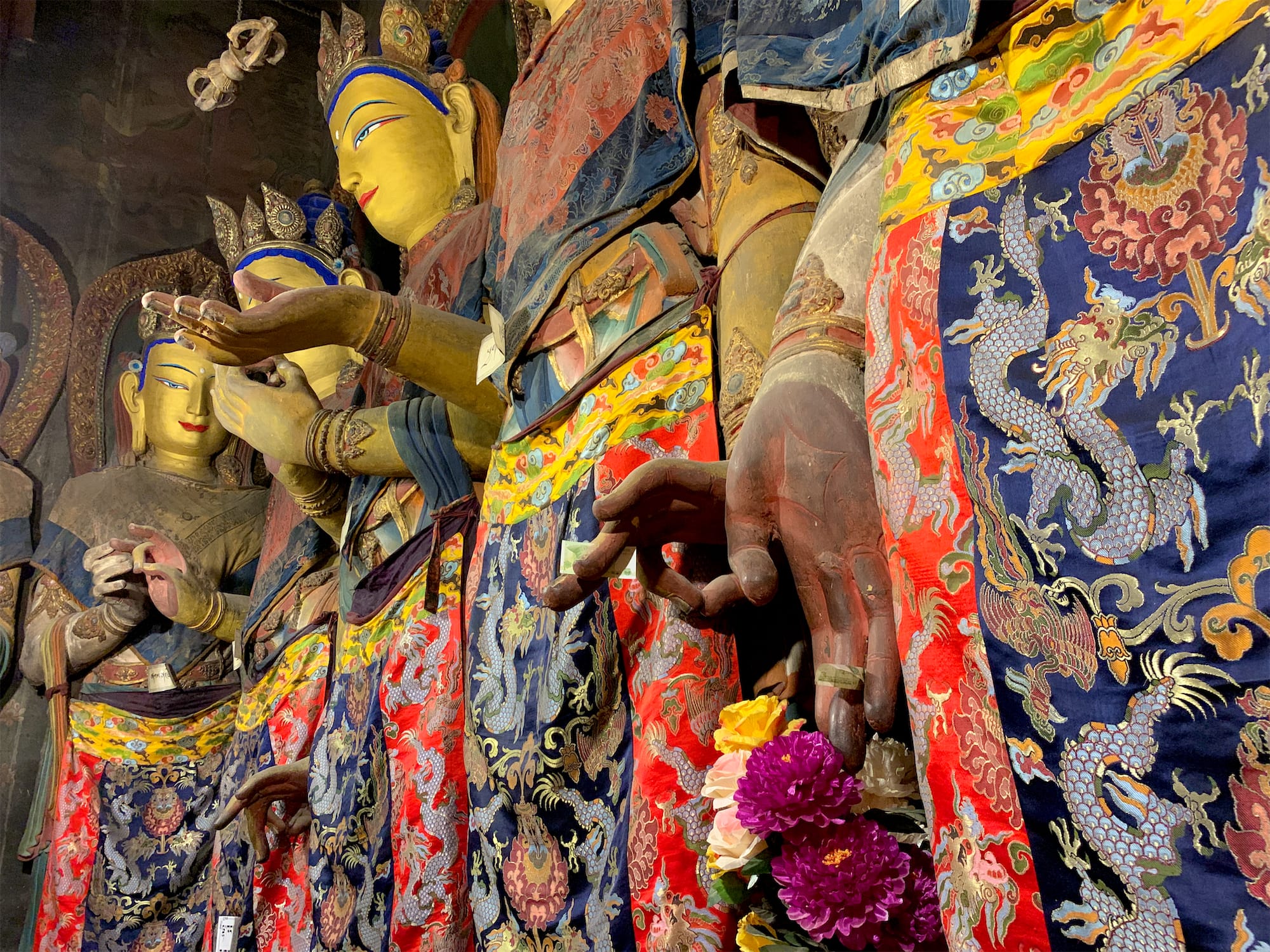
After the visit, we drove to Shigatse, where we would start the tour the next day. The main point of interest in Shigatse is the Tashilhunpo Monastery now home to the Panchen Lama, the second most important figure in Tibetan Buddhism.
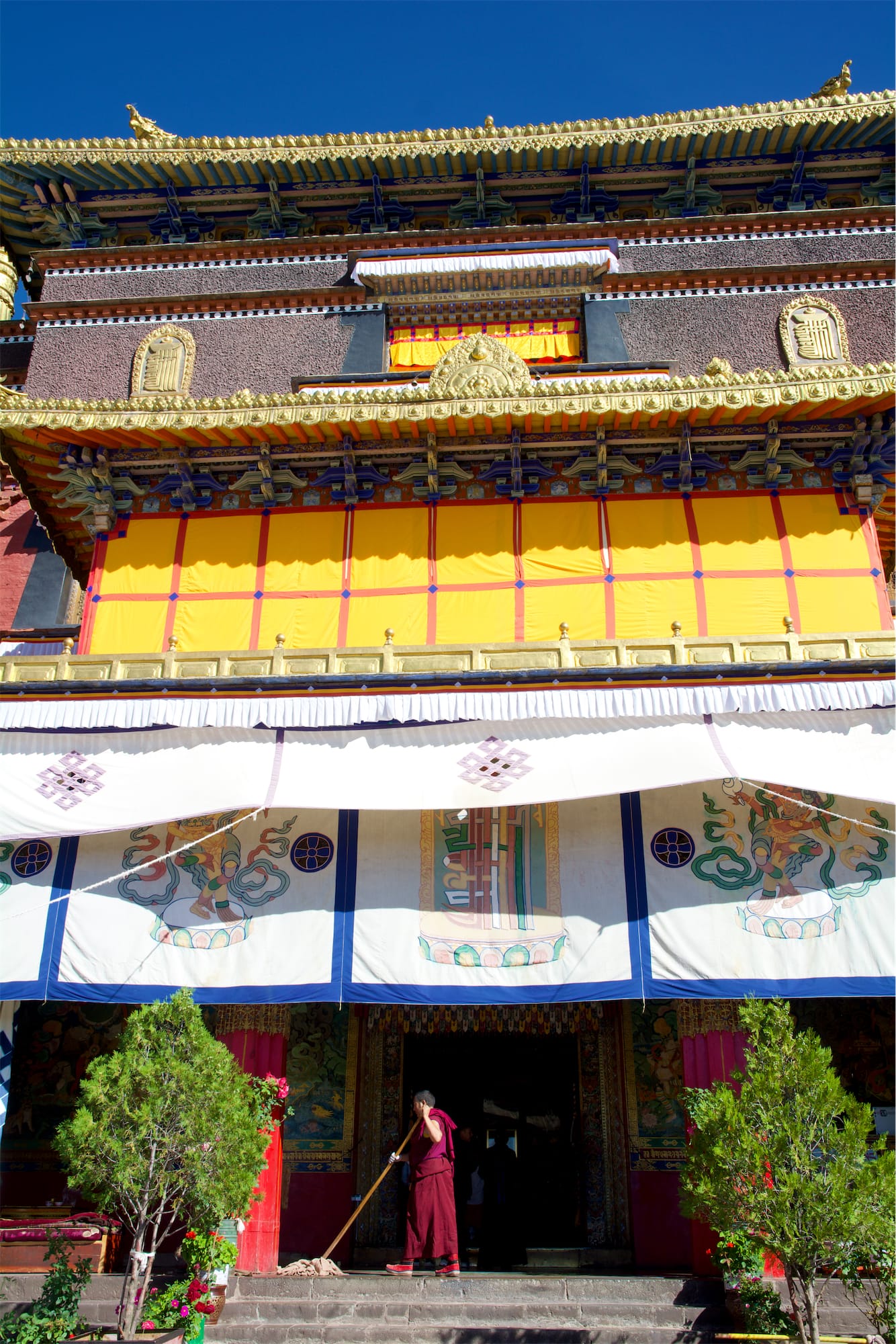
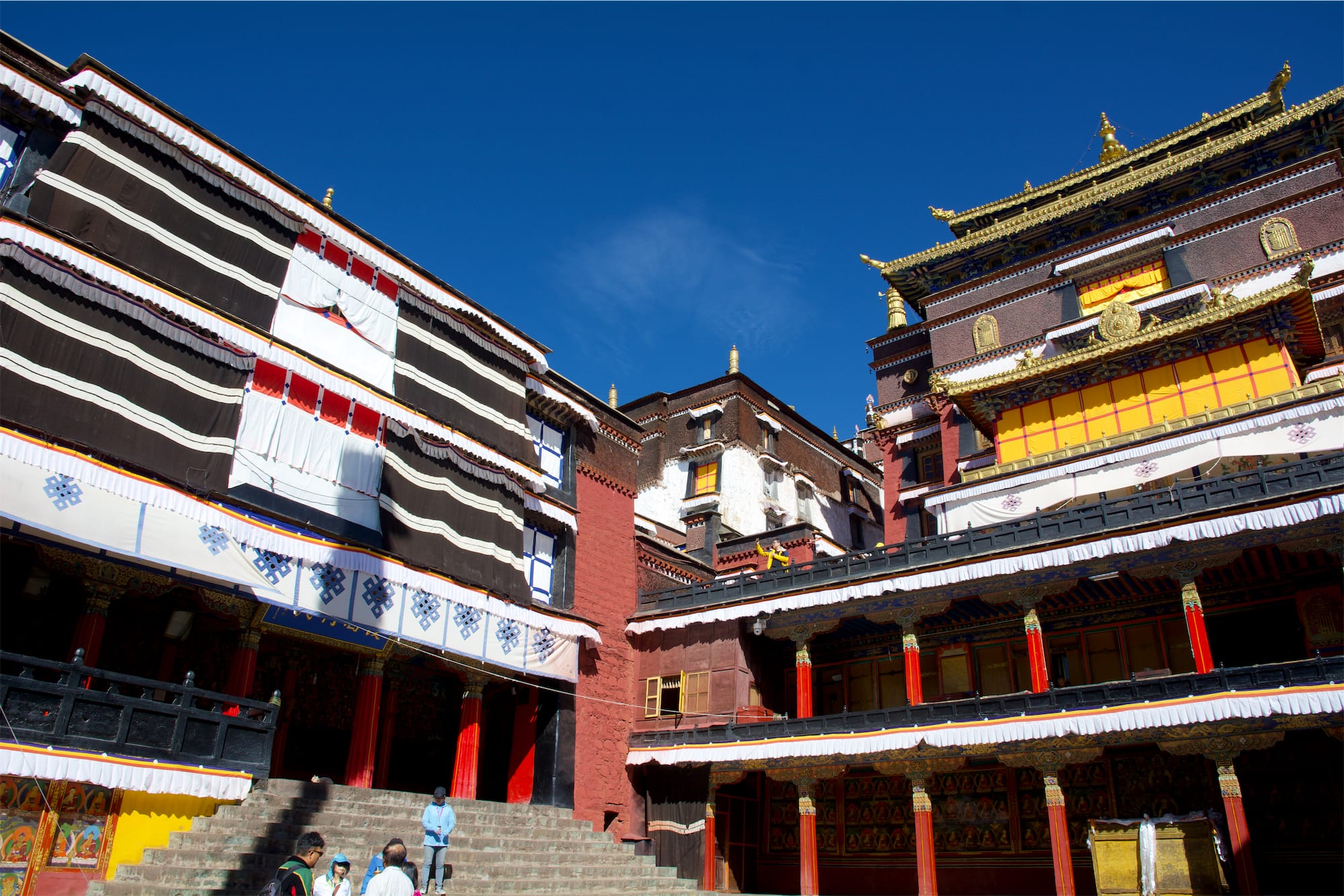


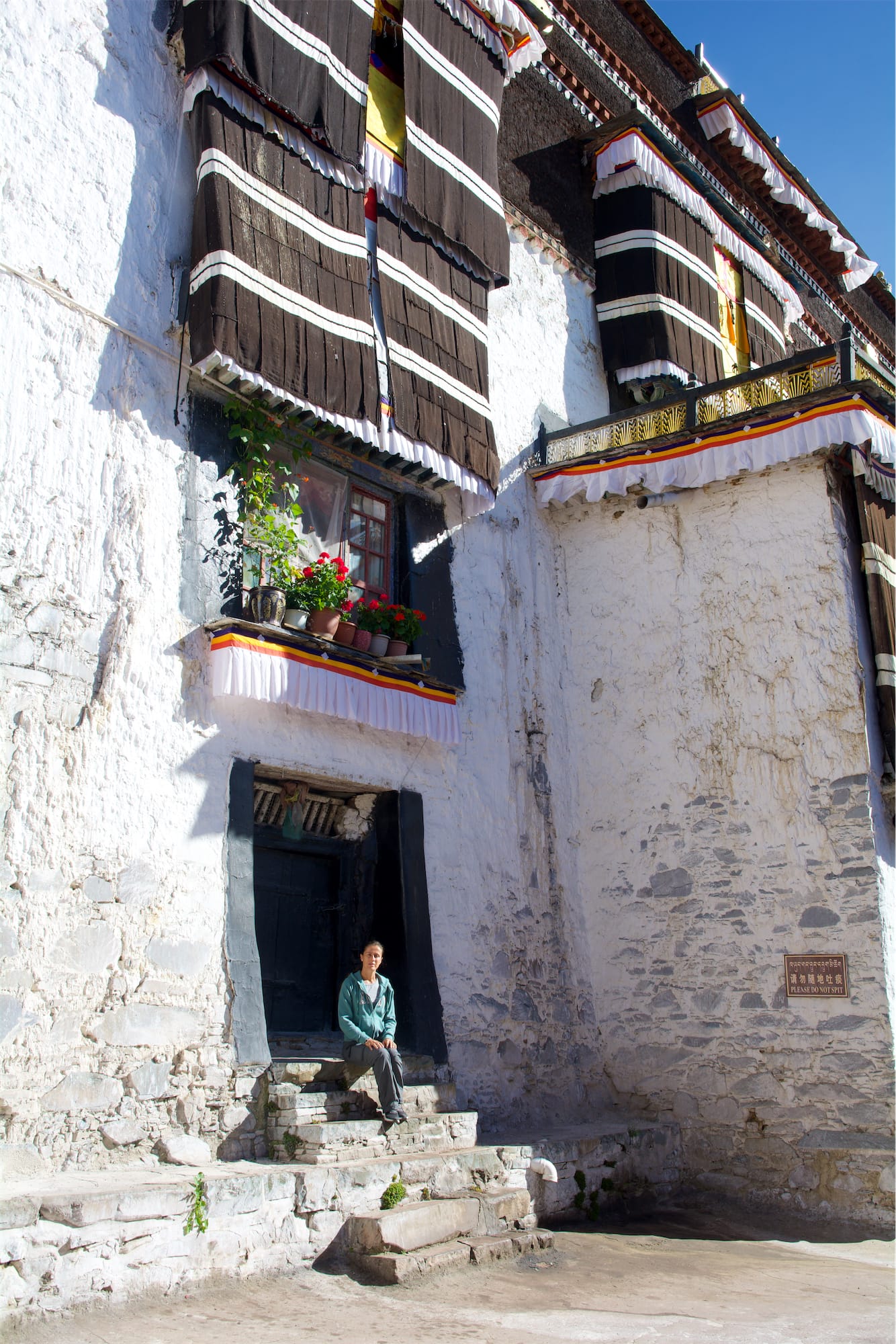
After visiting the interior of the monastery, we went around the Kora, that is, the pilgrim's path along the perimeter of the monastery. We completed the journey together with the faithful who set the classic Tibetan prayer wheels in motion. It was a really exciting and beautiful walk.
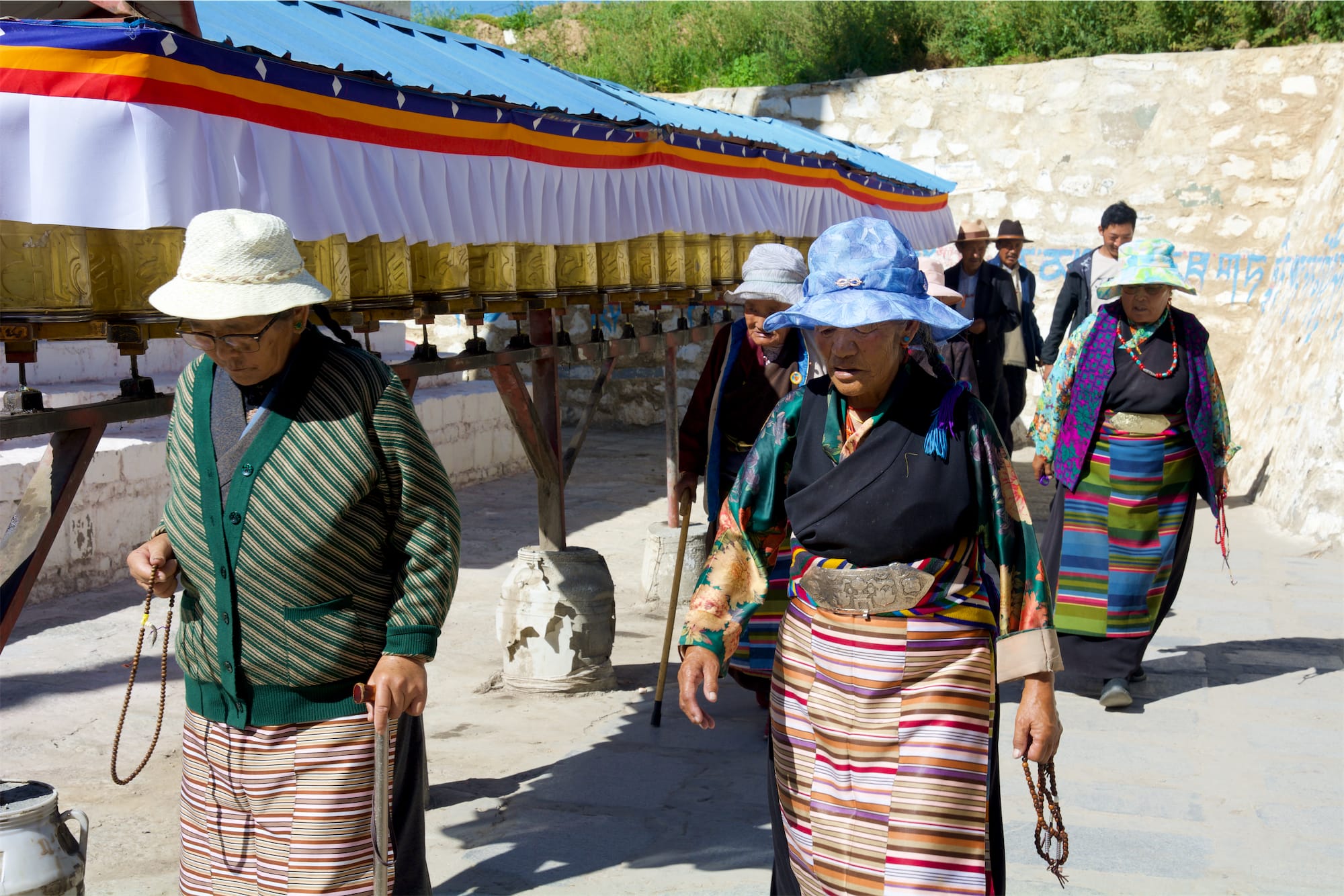


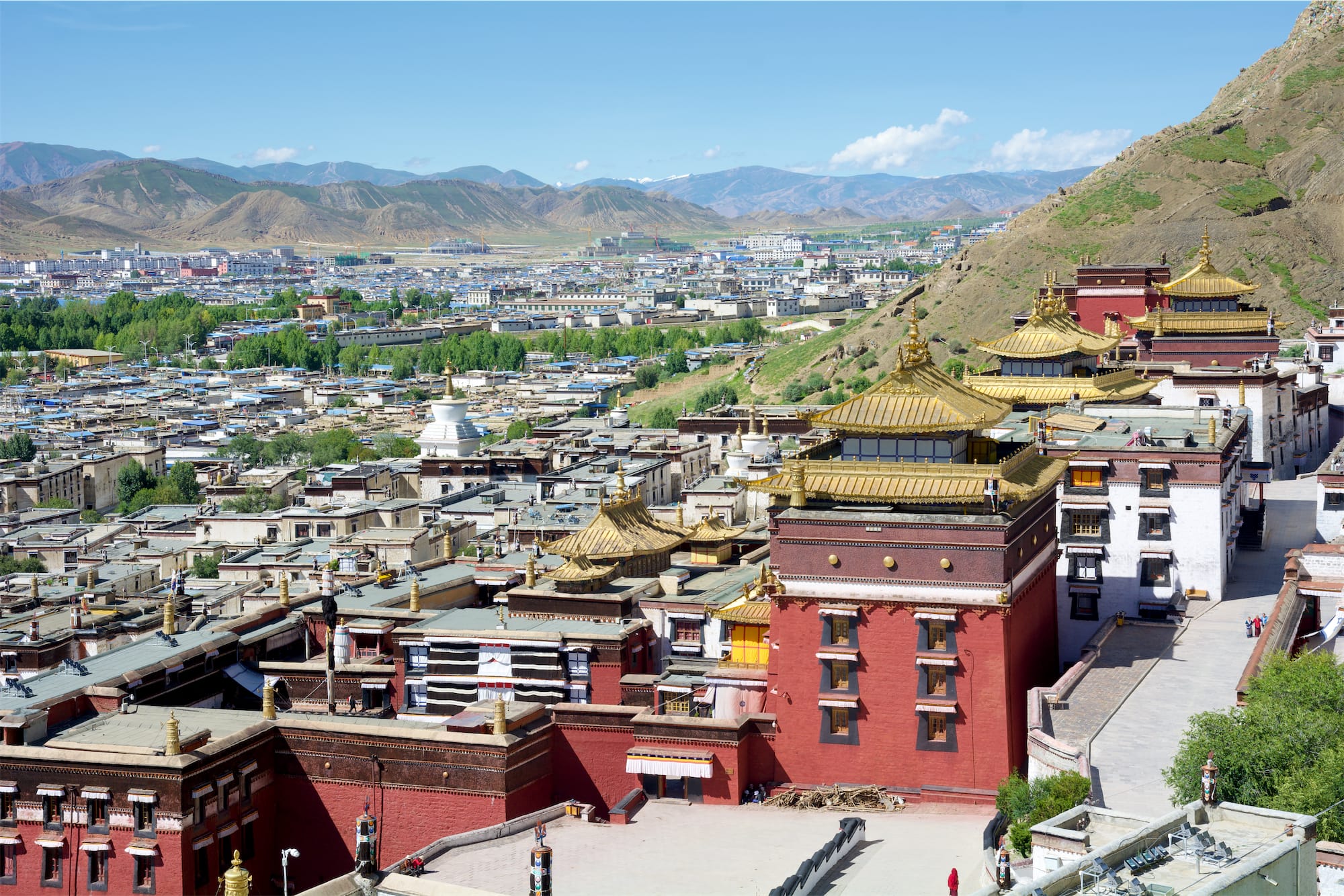

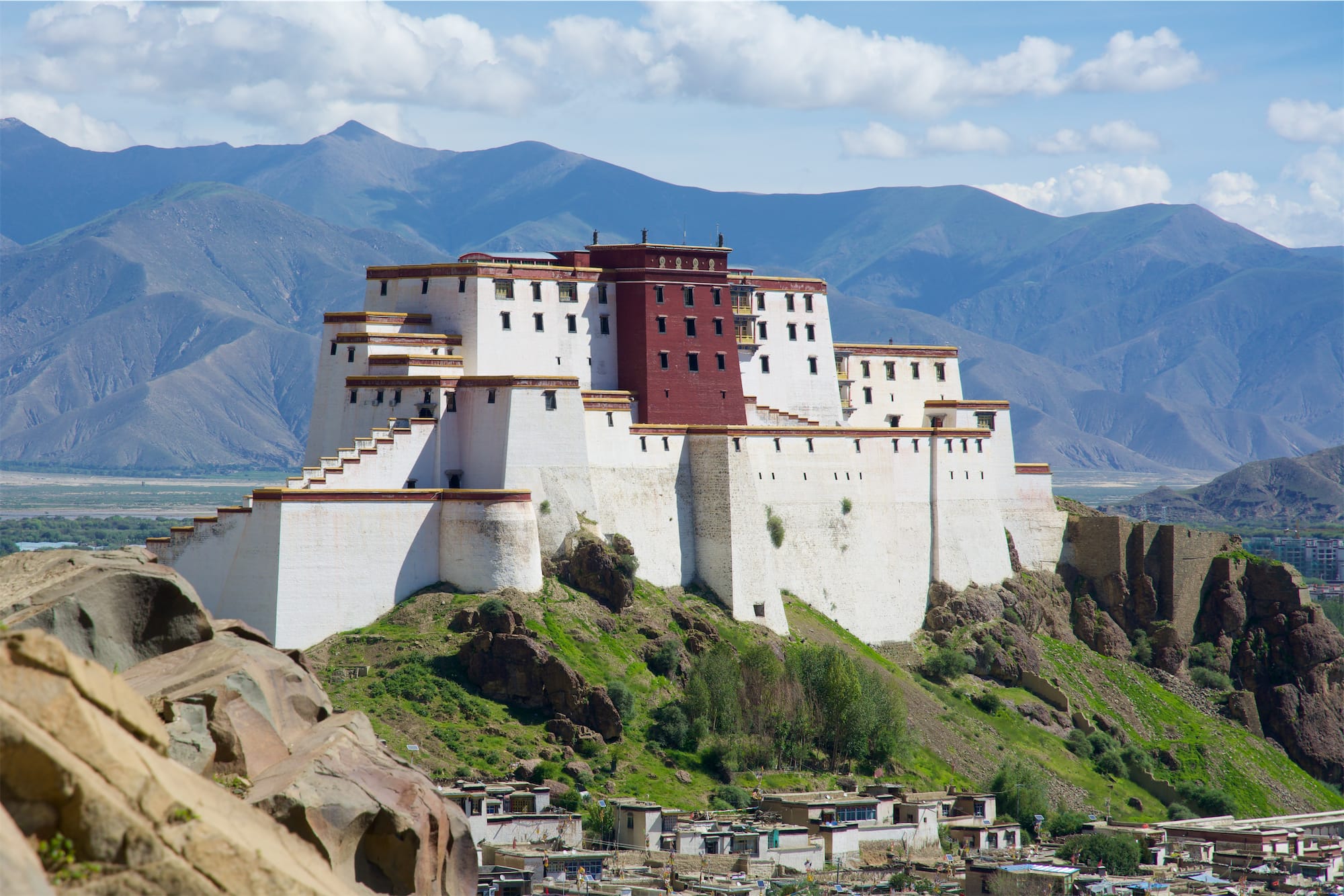

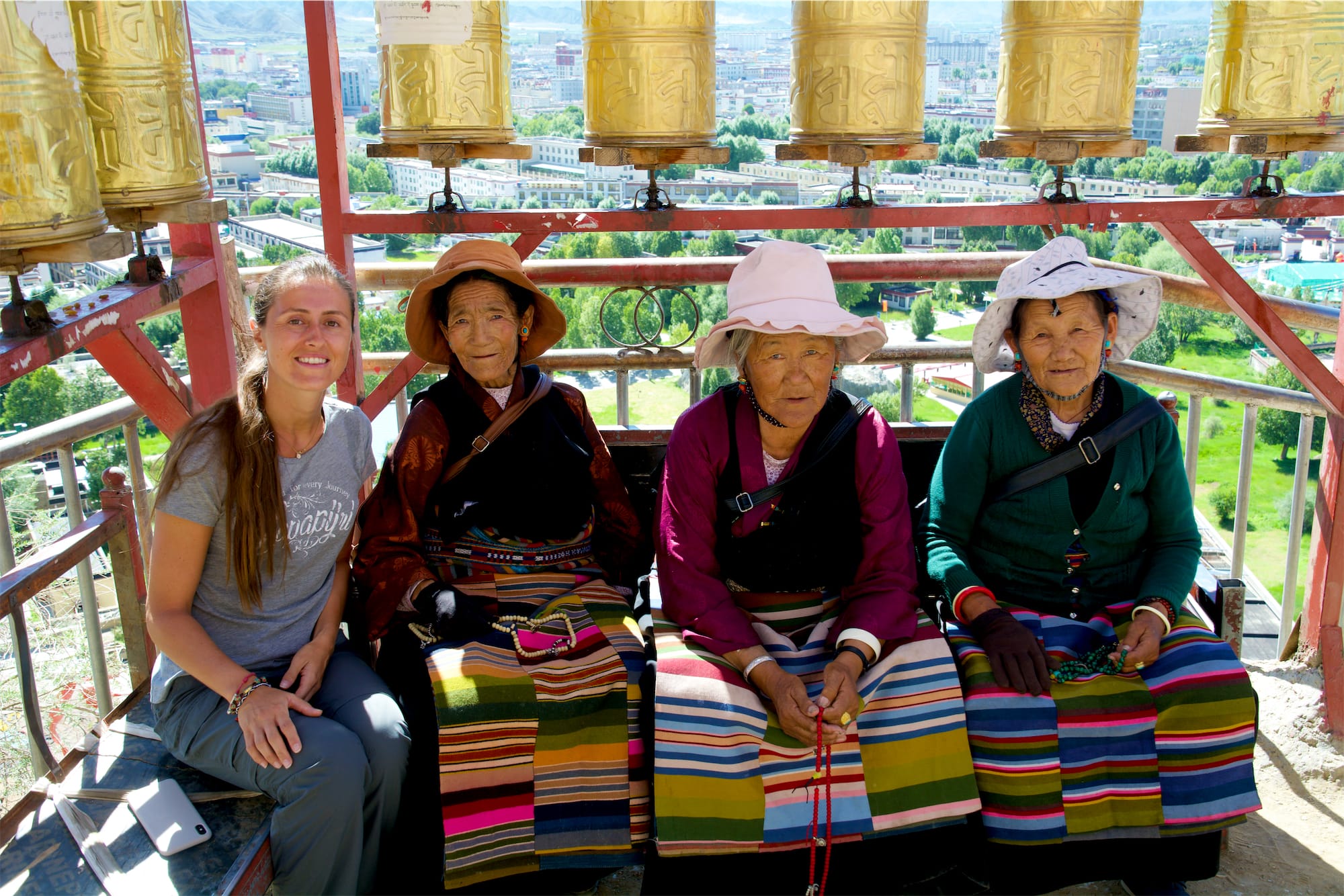
After completing the visit we left for Lhasa, taking the fastest route on the Friendship Highway. Do not imagine our highways: only a short section of it has been modernized and therefore can allow easy travel.
Not far away from Lhasa
For the last day of our tour, we managed to enter two monasteries that had intrigued me a lot and that were not among the destinations always included in the tours as at a certain distance from Lhasa. The first was the Ganden Monastery, founded in 1409 by Tzong Khapa, the creator of Gelugpa, a branch of Tibetan Buddhism. You can recognize his depictions for the classic yellow hat, symbol of this philosophy. Ganden is considered one of Tibet's cultural heritages, under the special protection of the state. Damaged several times by the riots, since 1980 the state has allocated funds for the reconstruction, which is still running. In its streets we met many smiling monks and found the visit really interesting. Before visiting the complex, we also took a pleasant walk around the complex, from which you can enjoy a fantastic view over the entire valley.
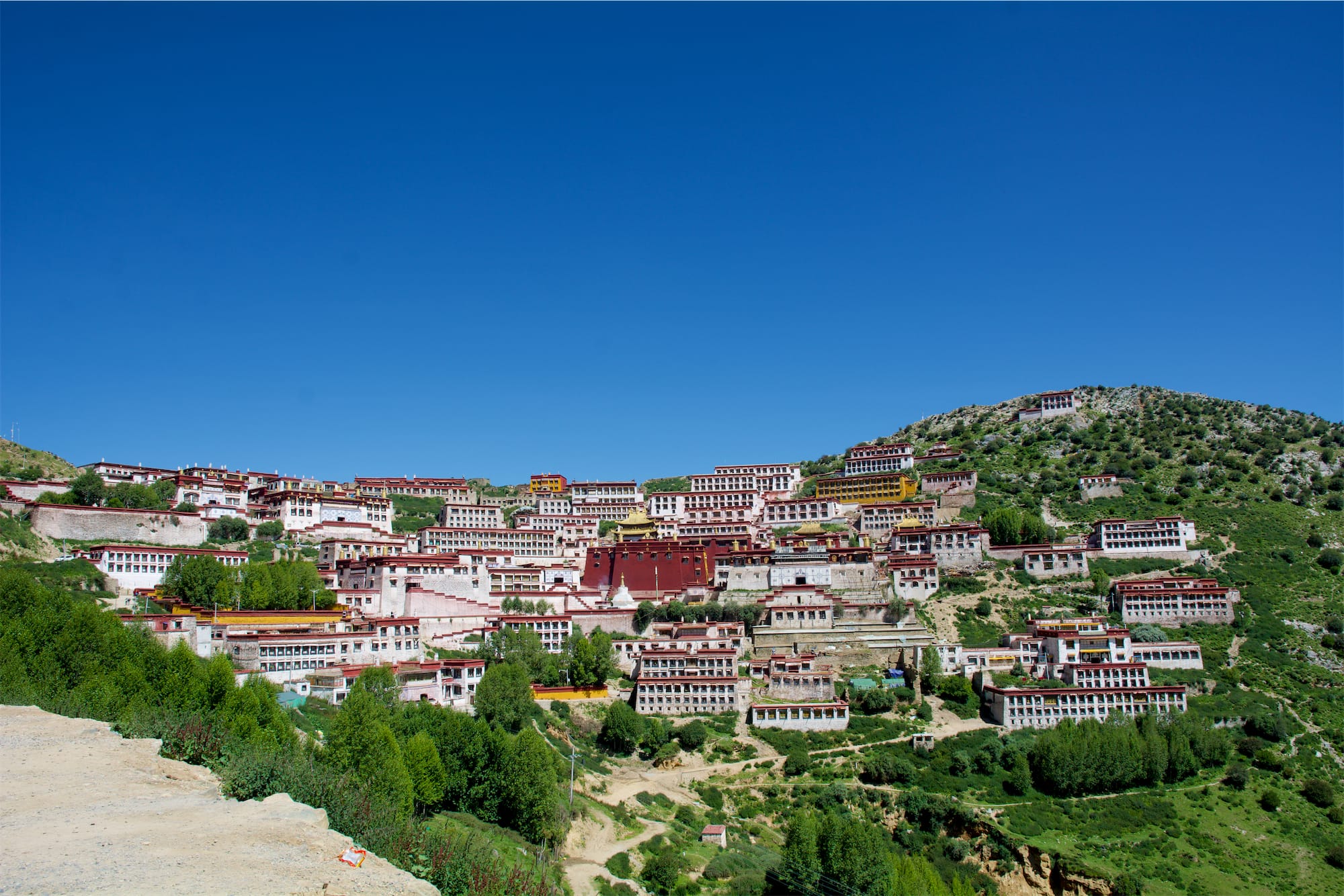
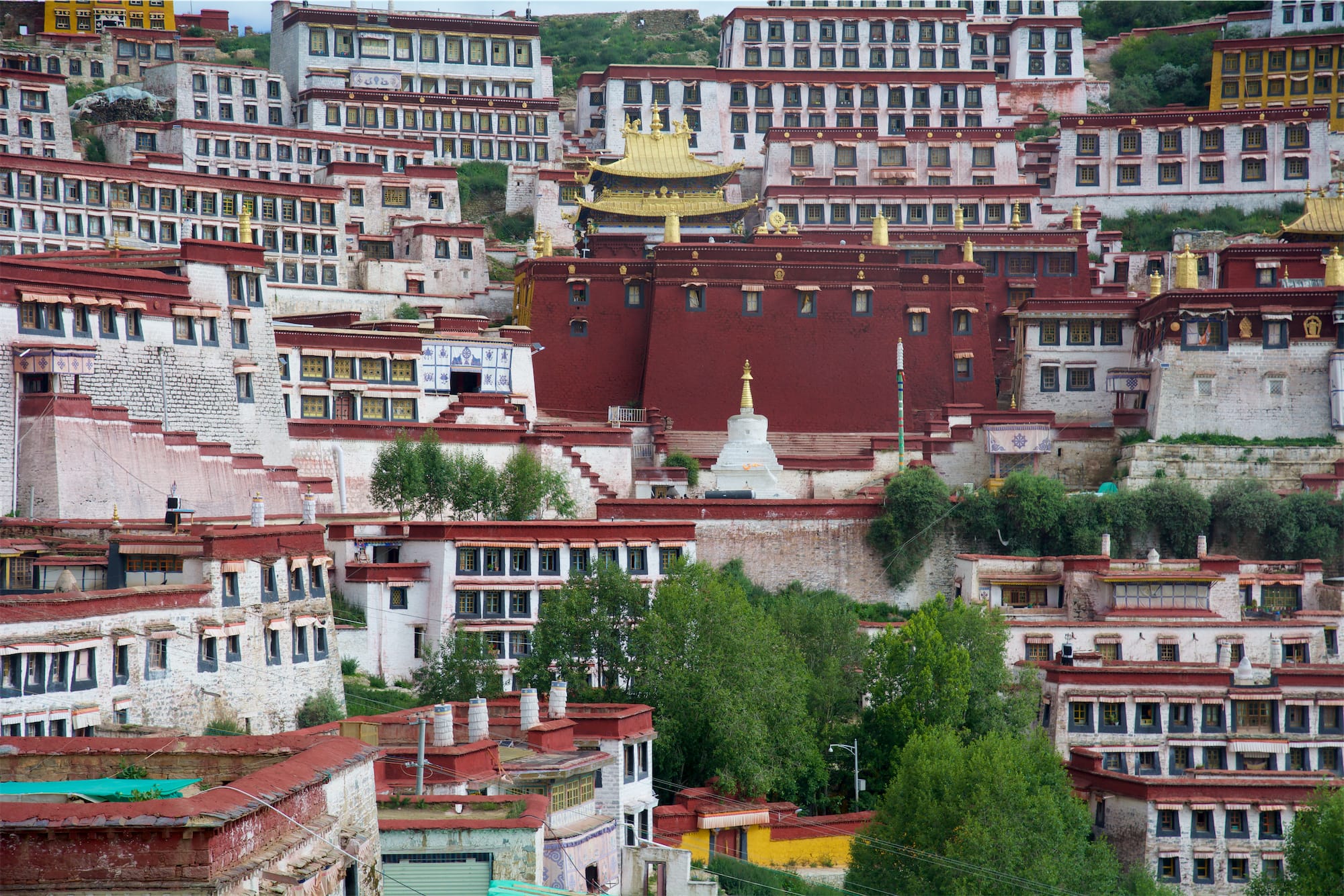
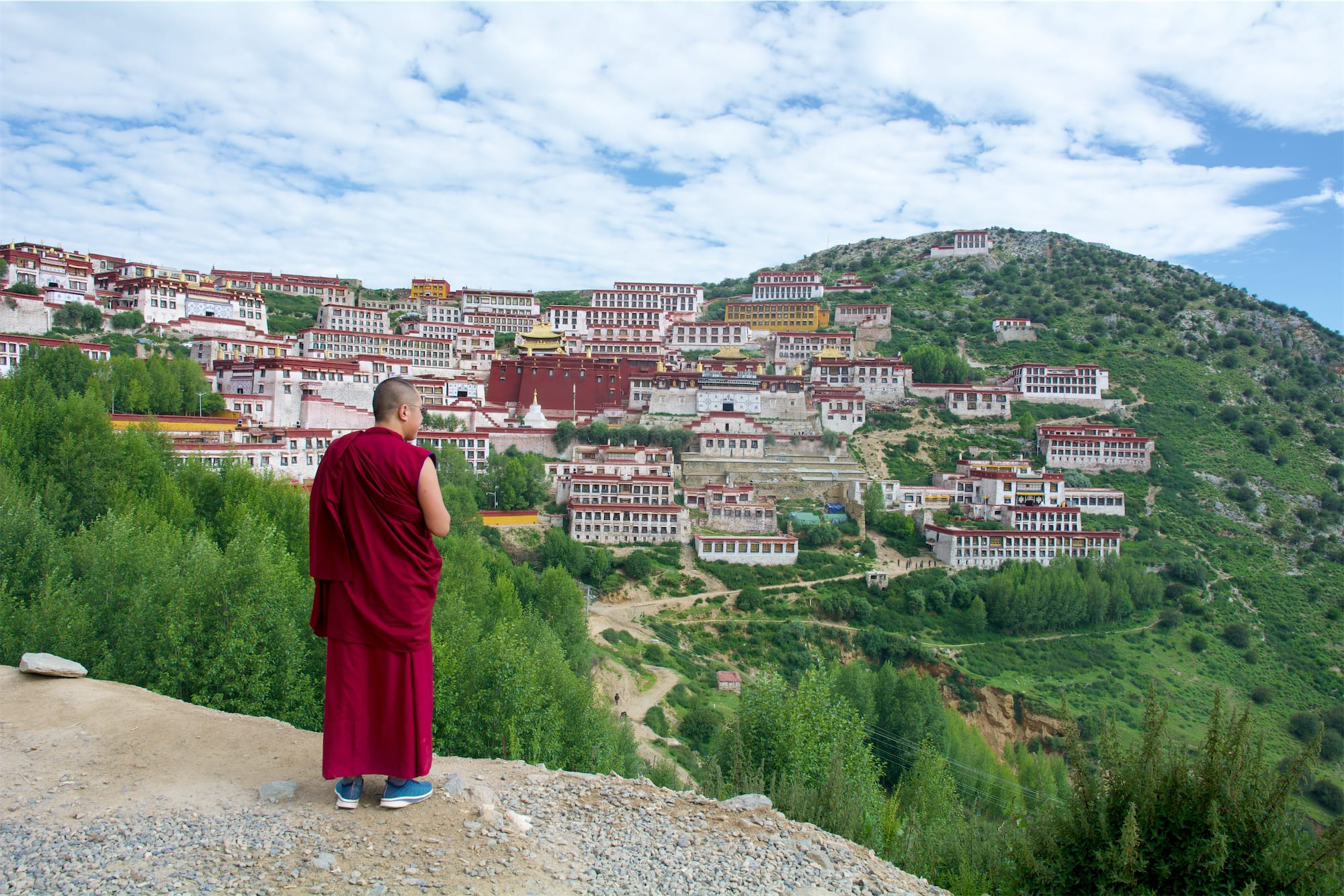
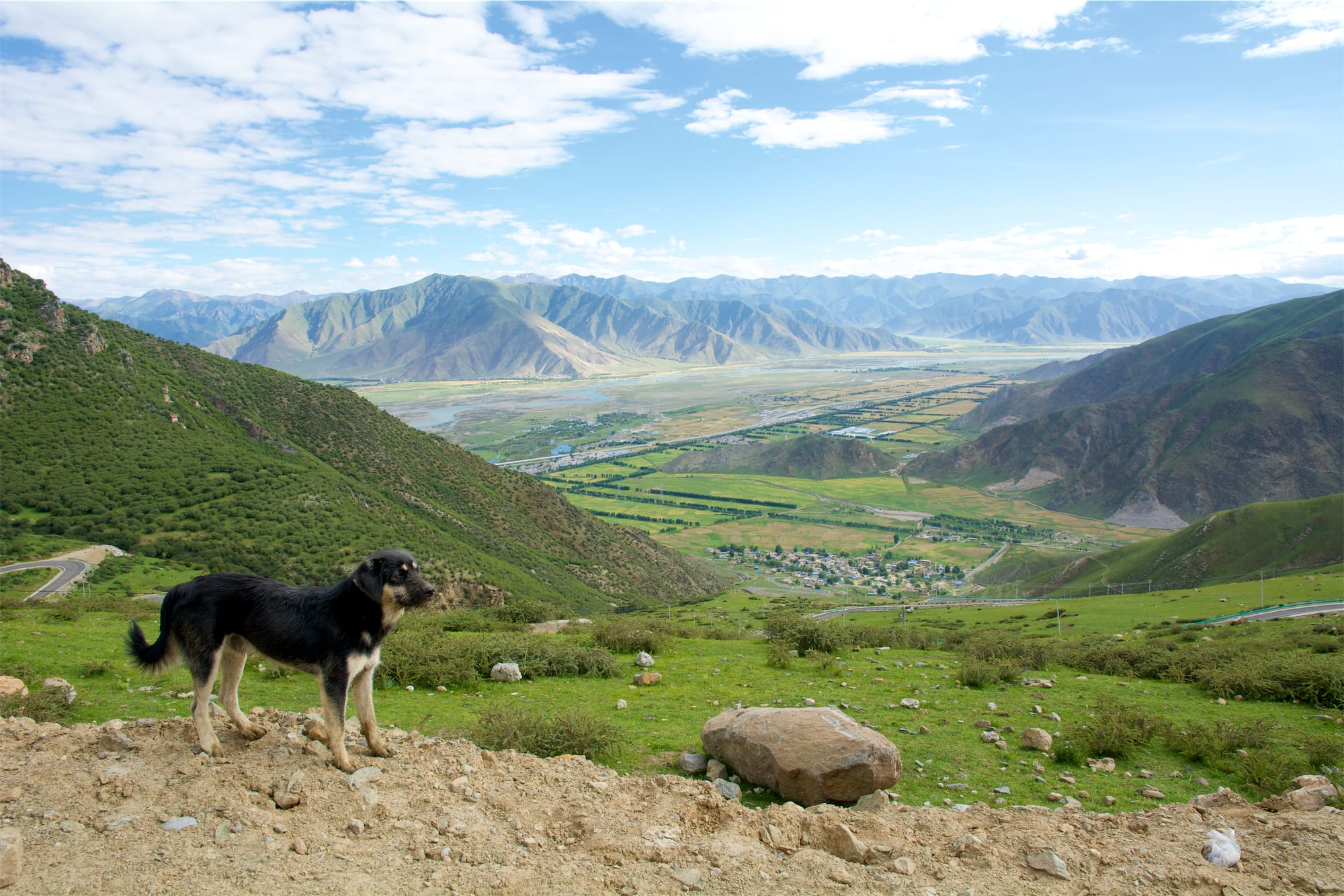
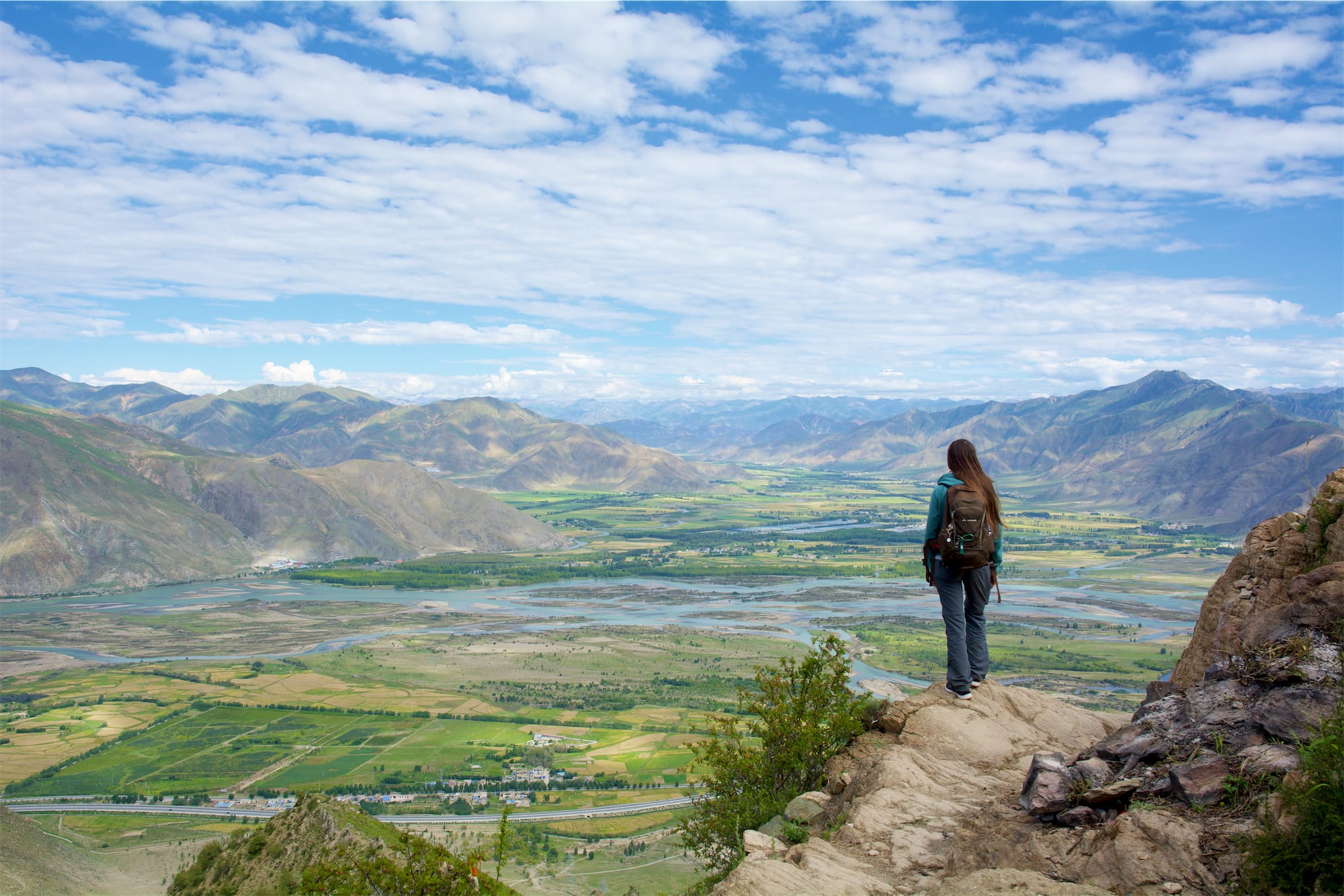
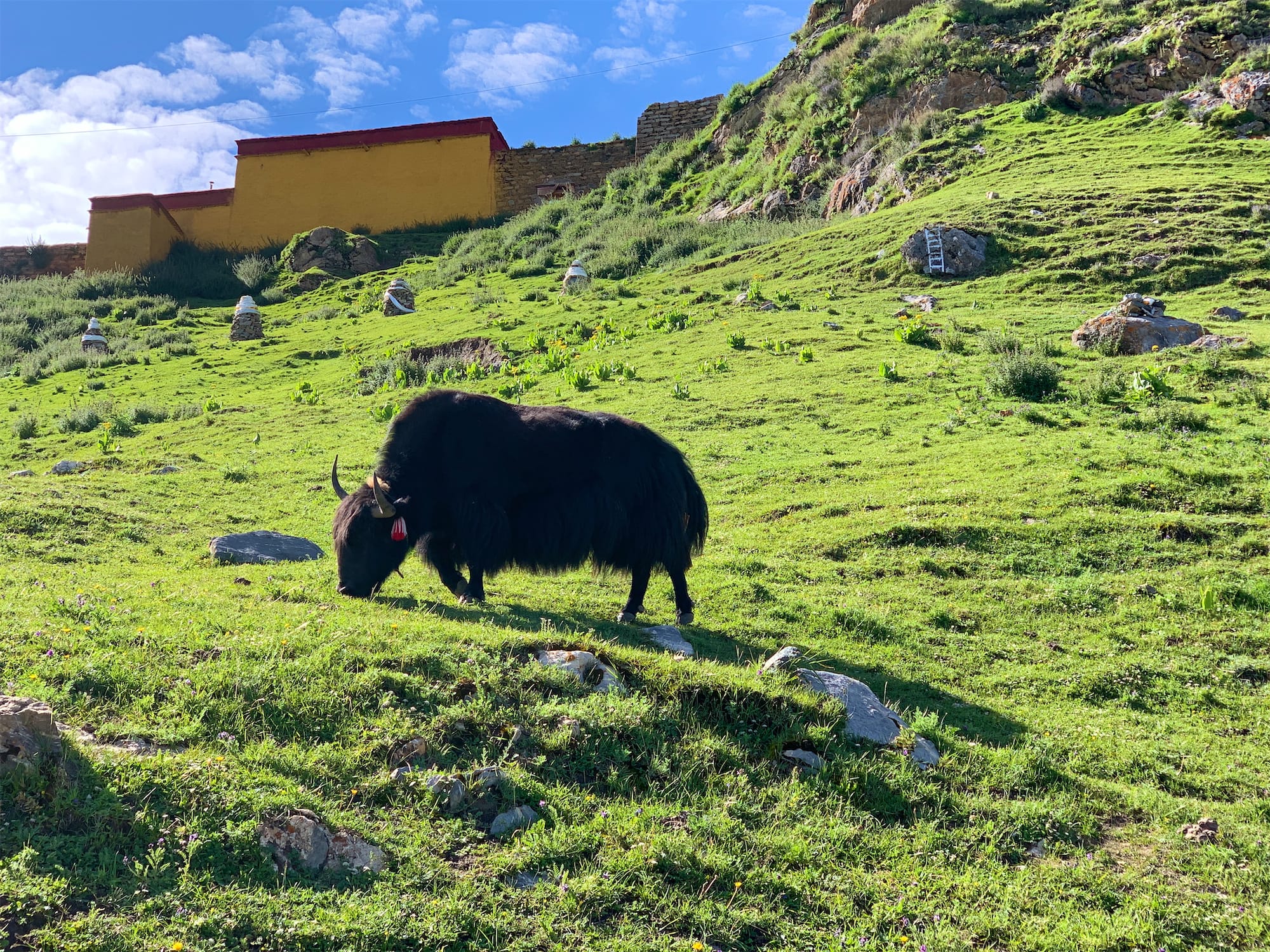

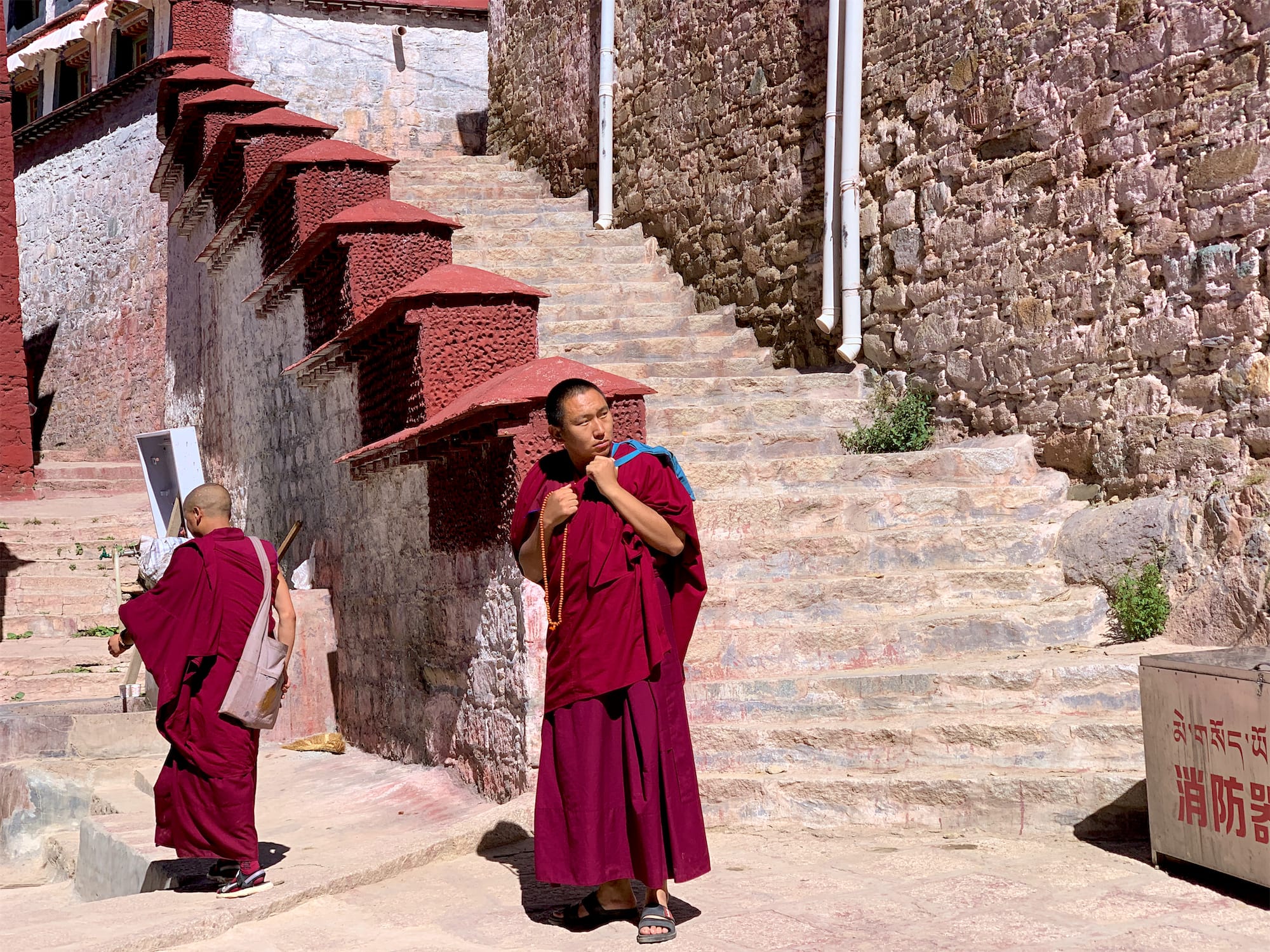
We continued towards Drak Yerpa cave, the meditation place of the first Tibetan emperor Songten Gampo, characterized by a monastery and several meditation caves. Its peculiarity is due to the fact that the prayer halls wisely exploit the rocks of the mountain and it is said that the halls are 108! As you may have noticed, 108 is a recurring number as it is considered a "sacred number" by many religions, including Buddhism.
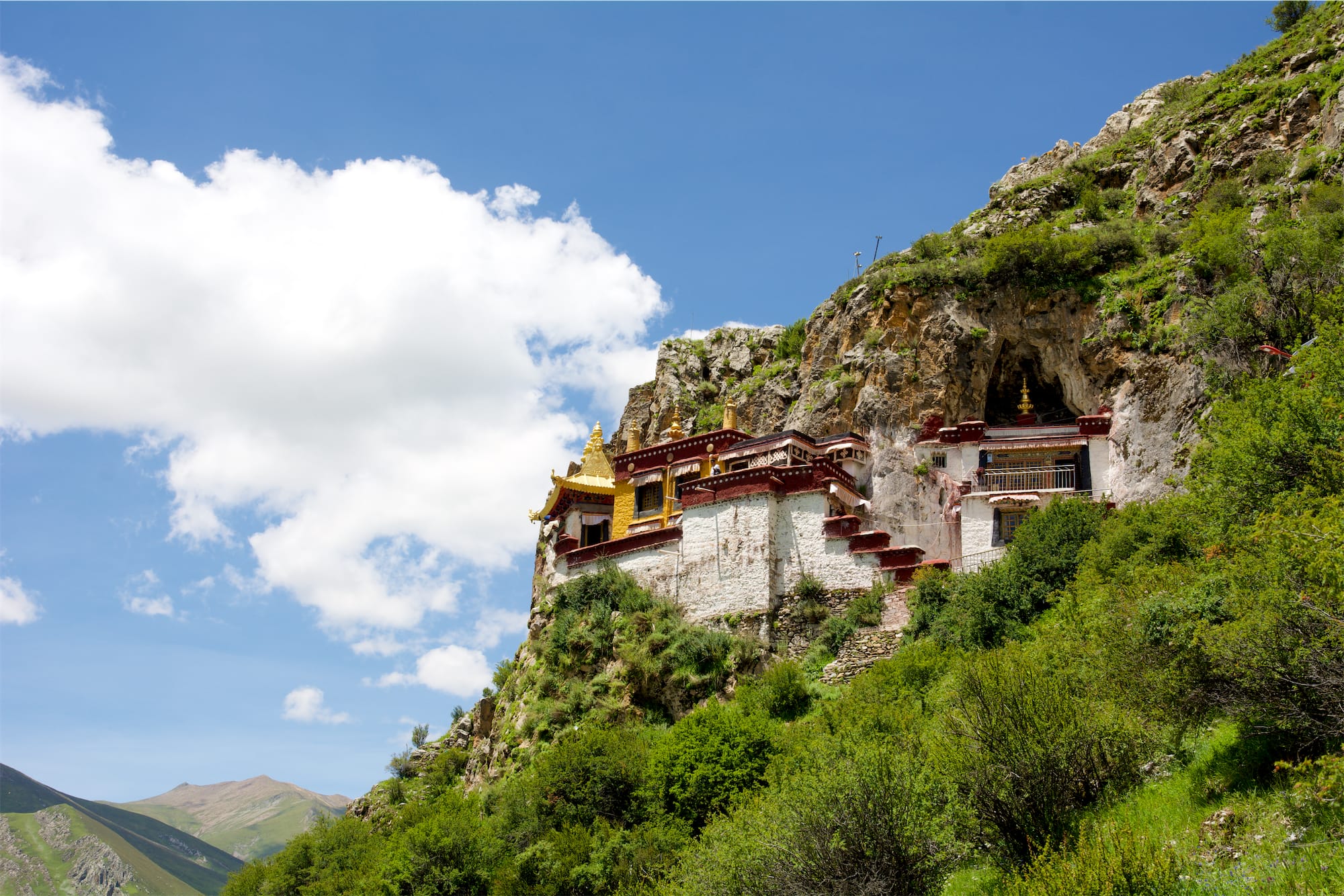
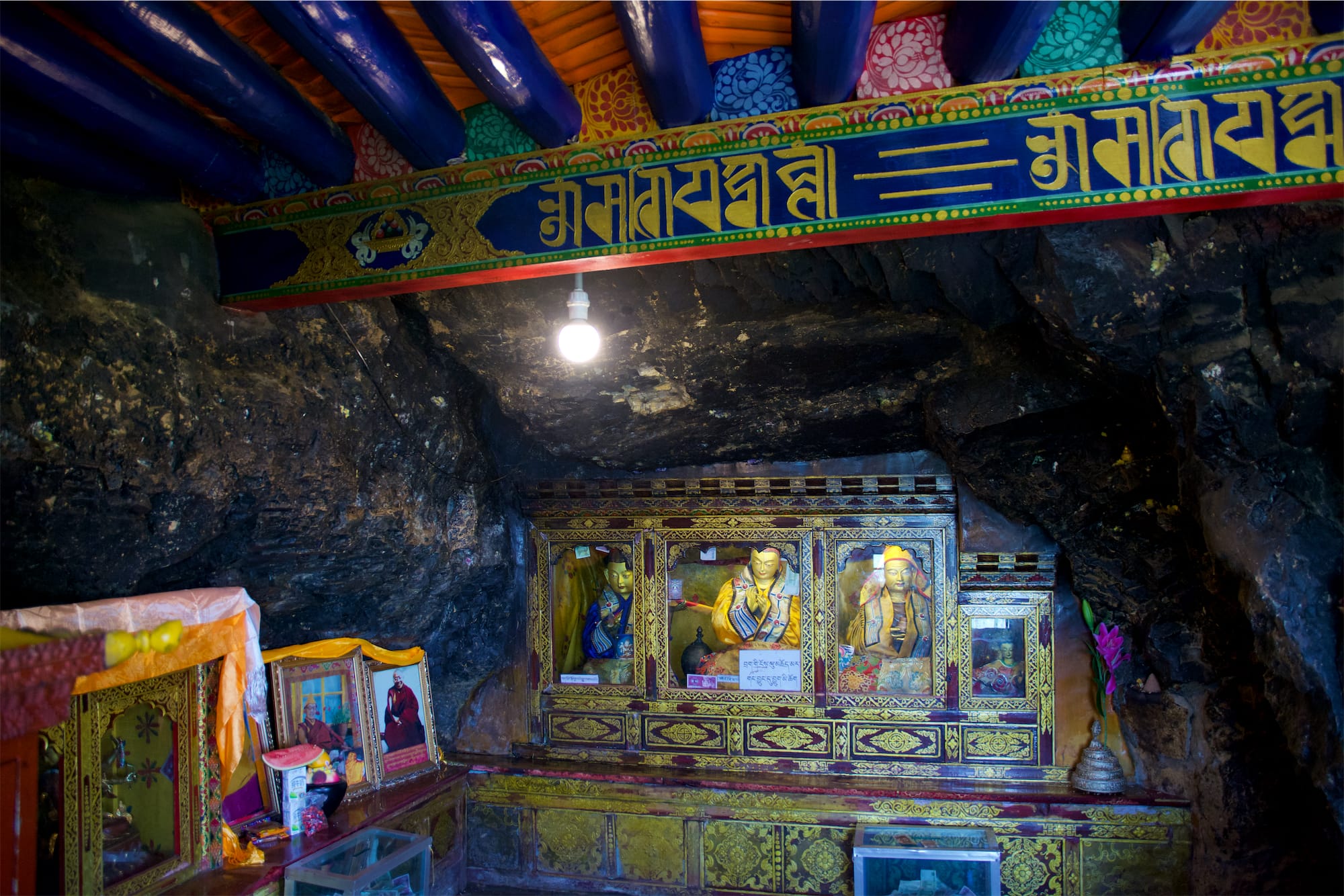
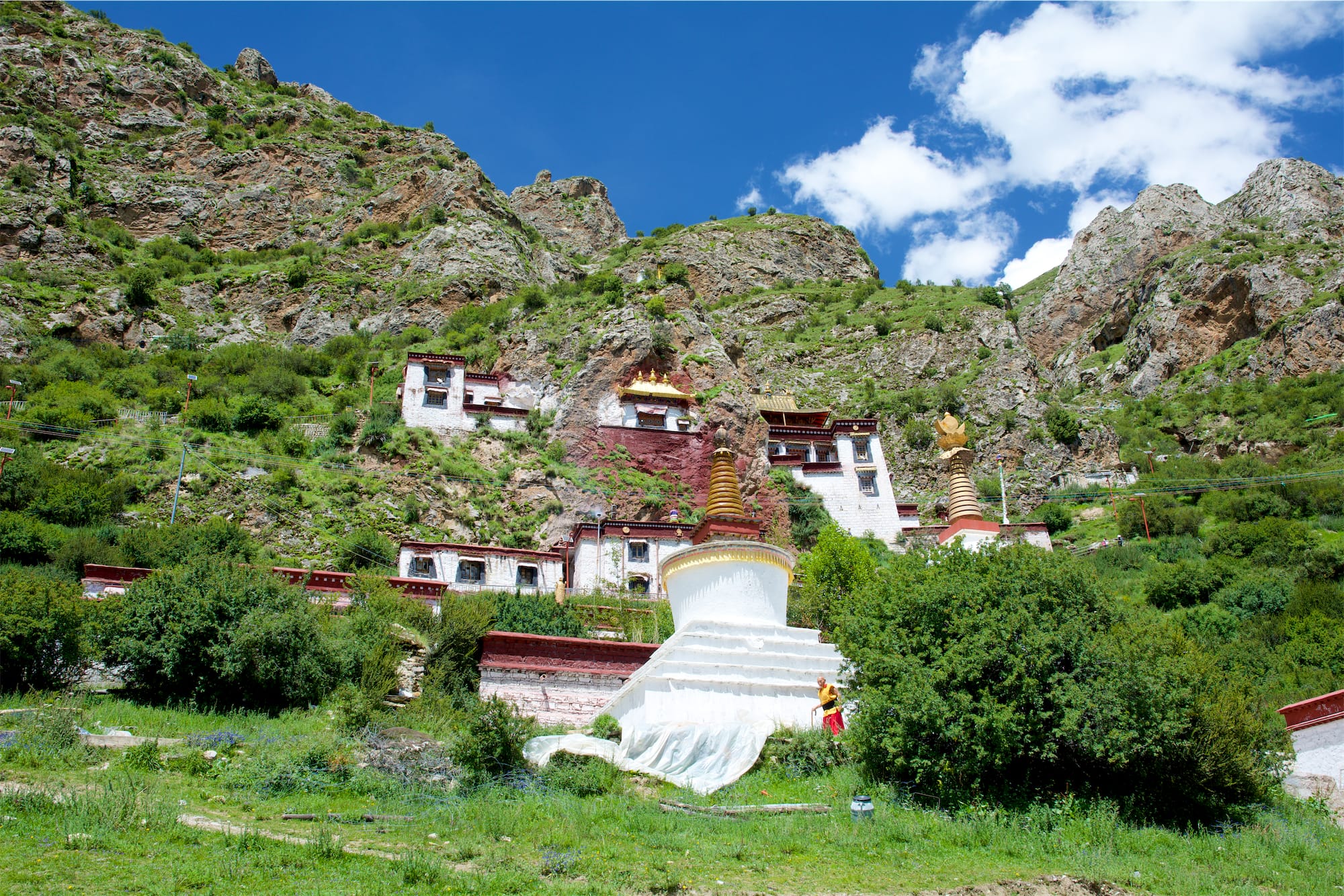

The days of the tour flew by almost without realizing it. Initially we had planned to continue to Everest base camp and then reach Nepal by land. The bad road conditions and the possibility of finding the base camp closed made us give up.
We believe this tour is a valid proposal to get to know Tibet and what it has to offer. We will leave Everest for a next trip!

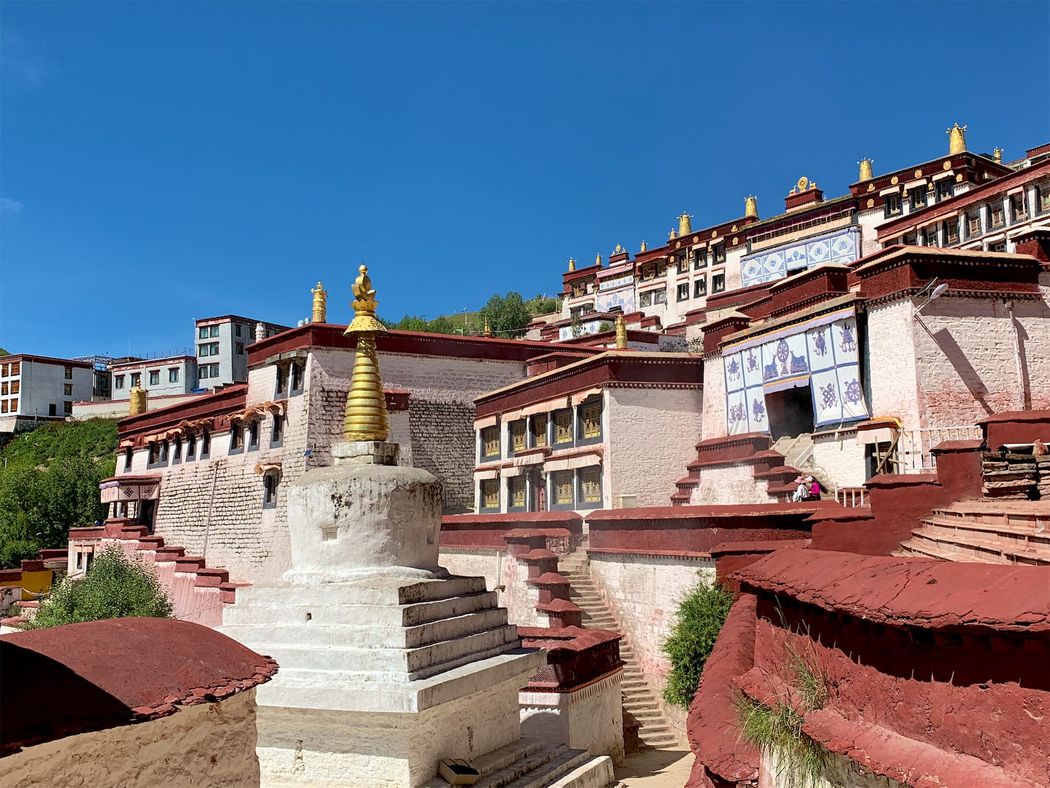
Comments